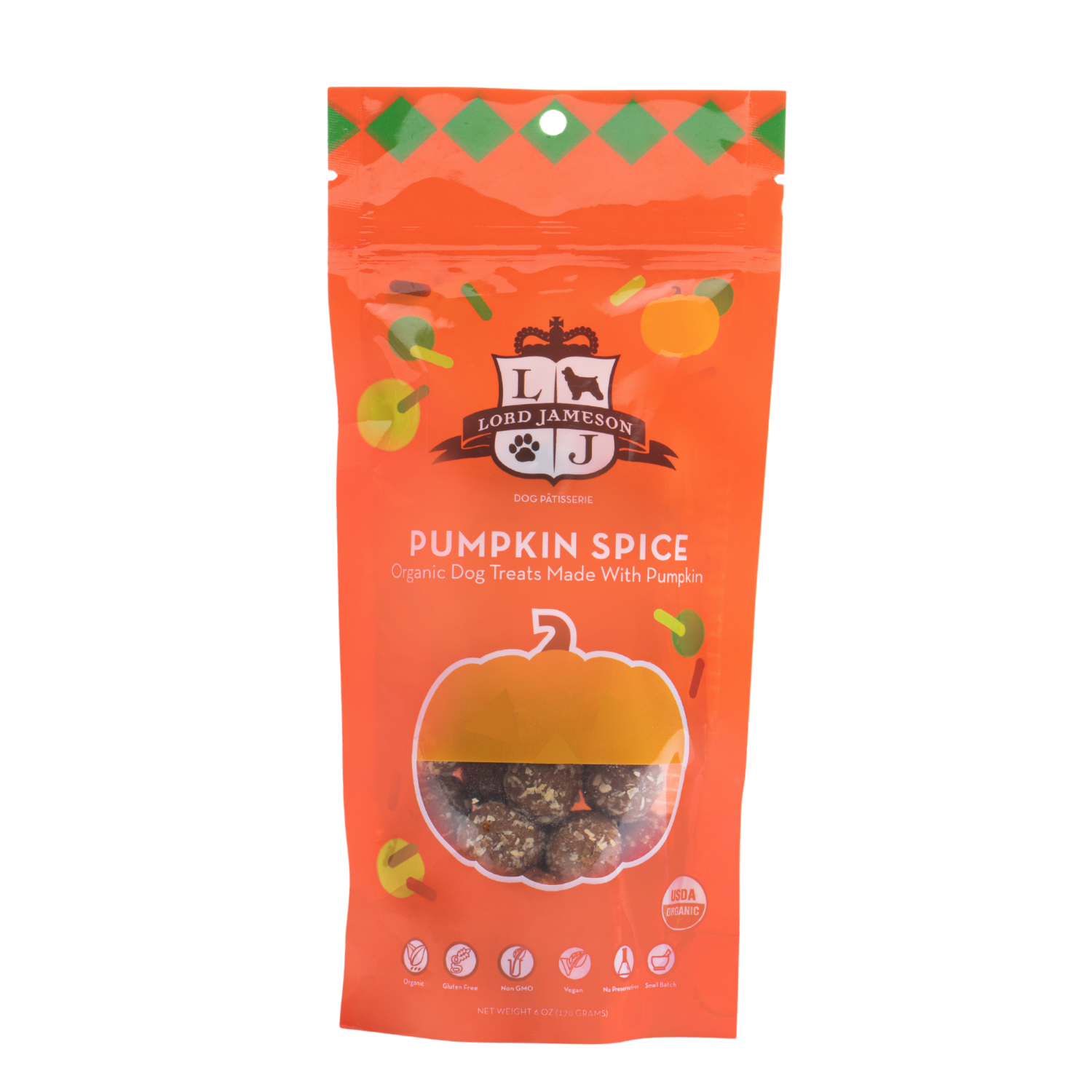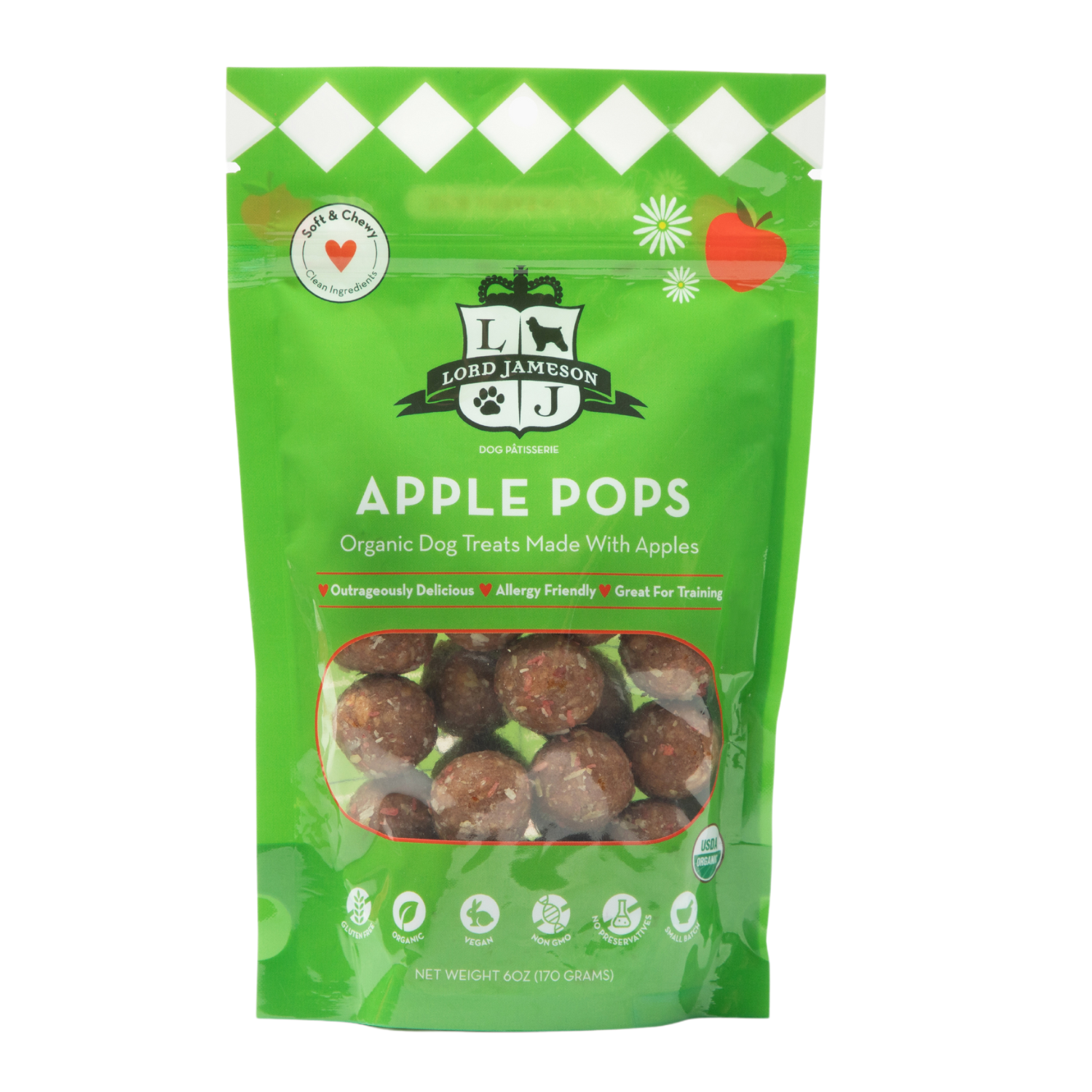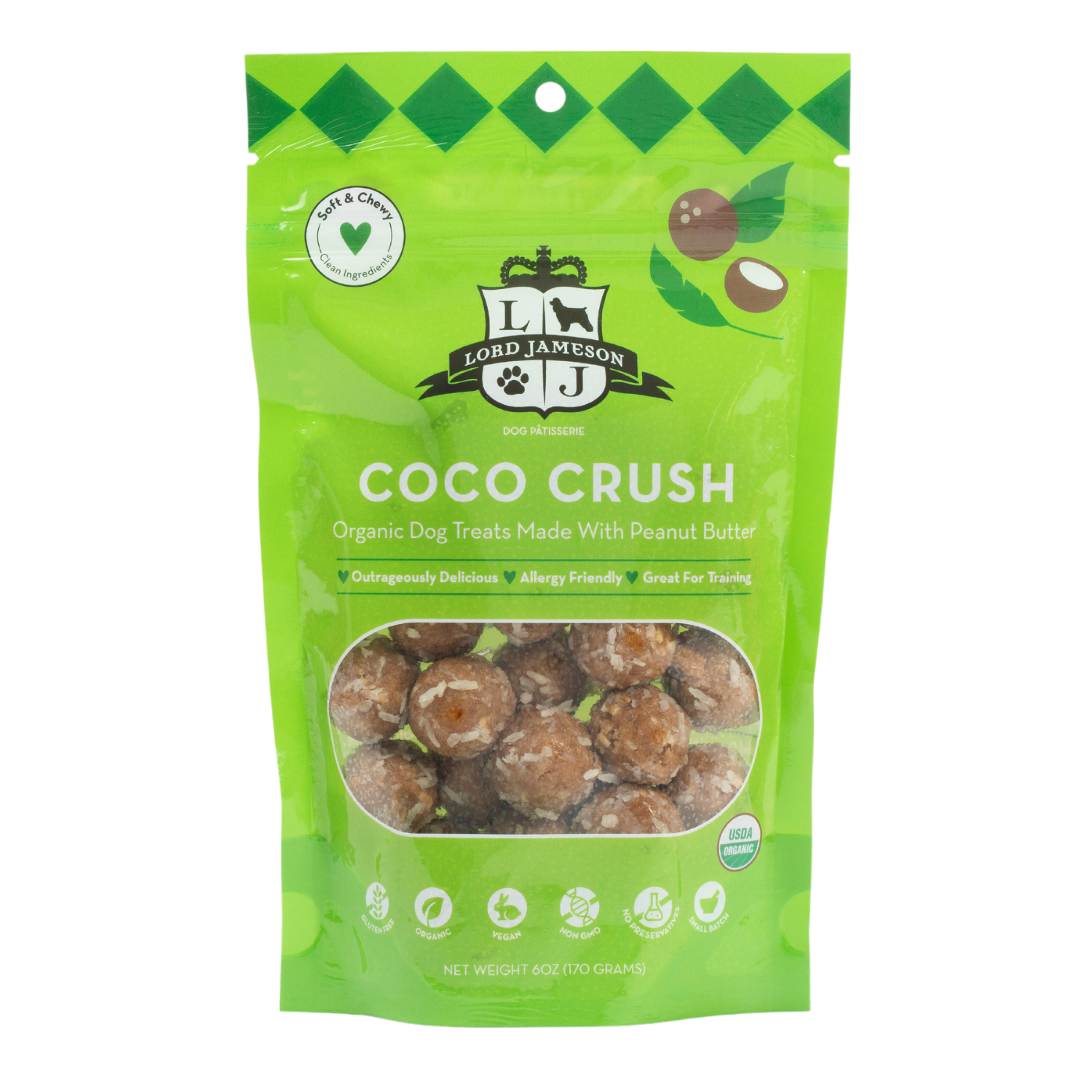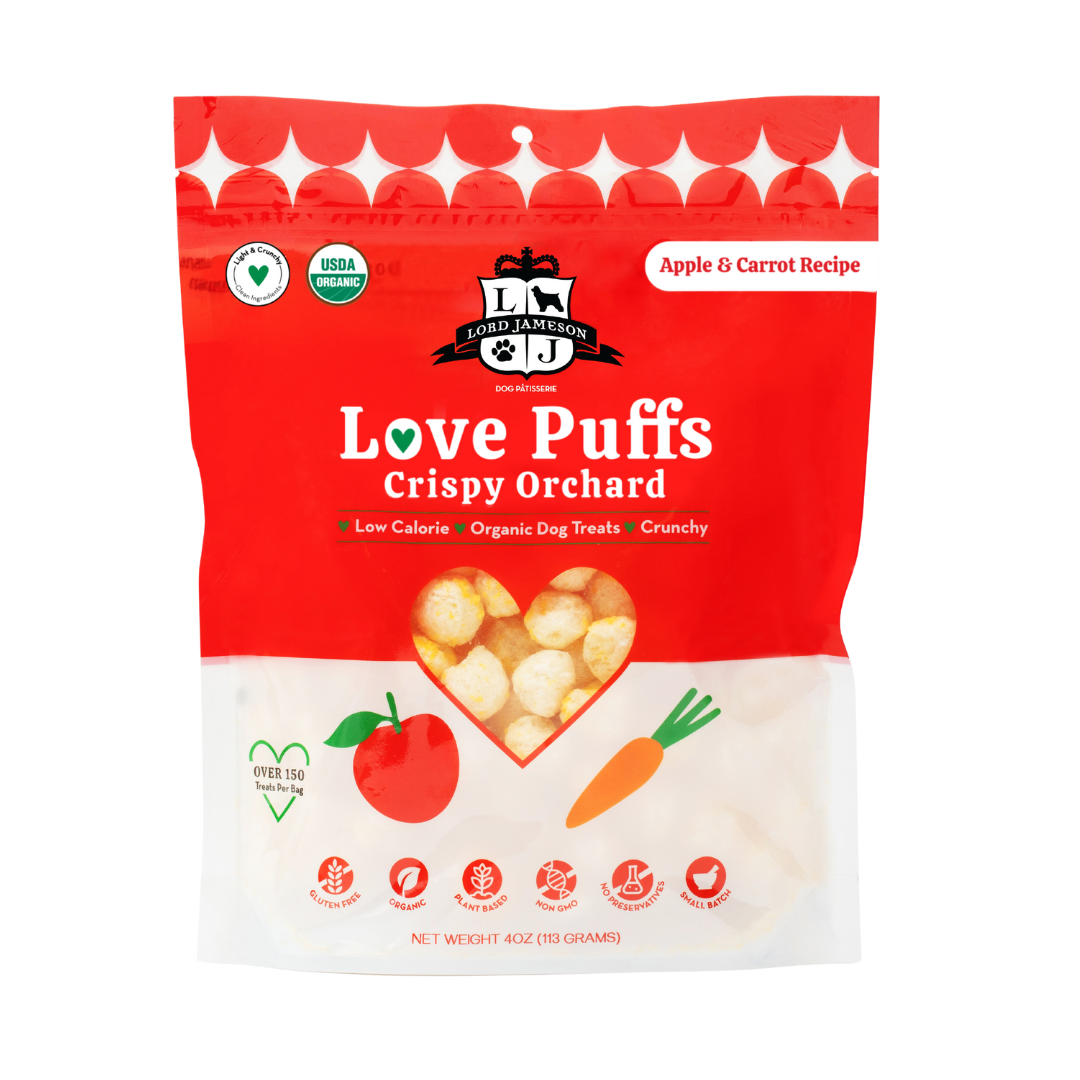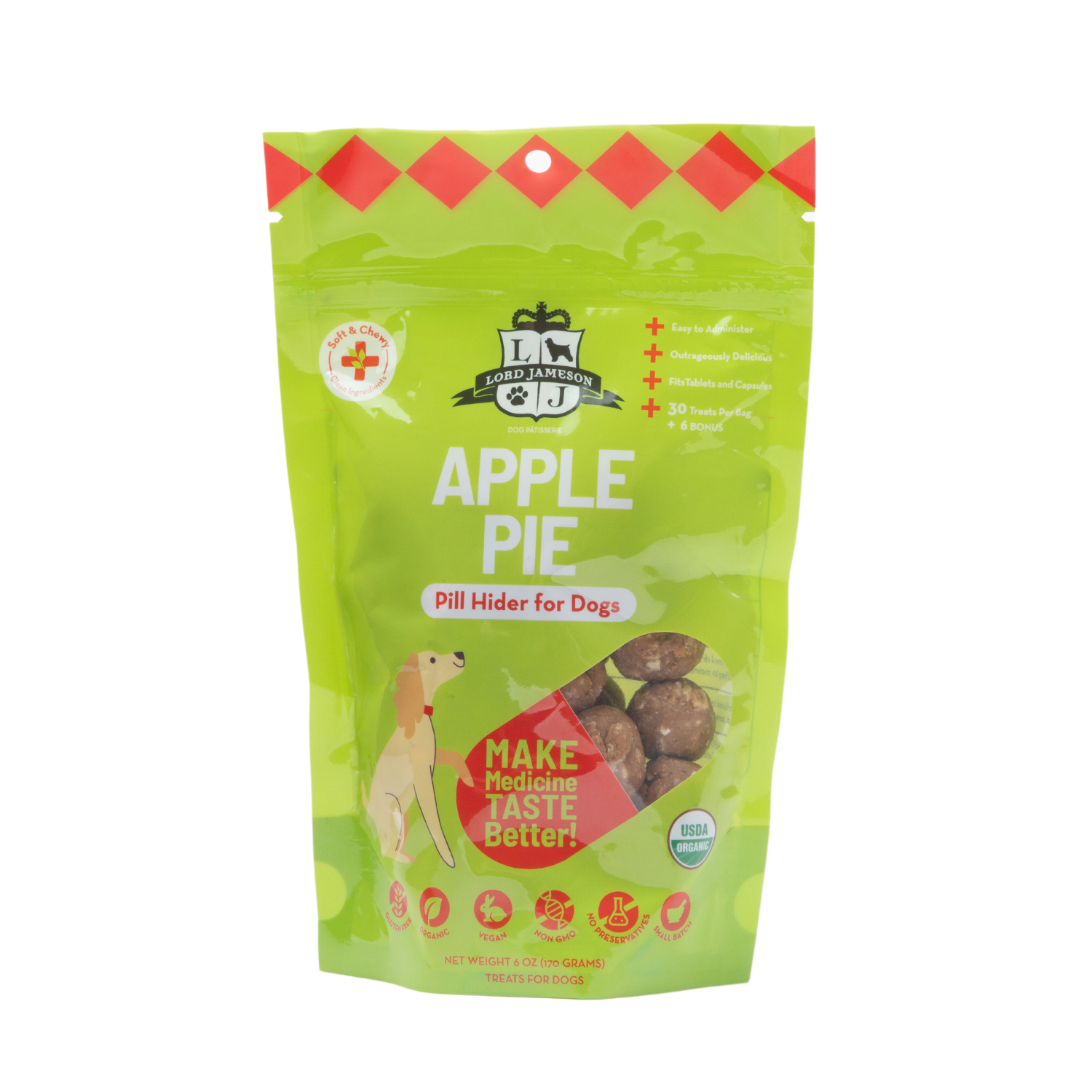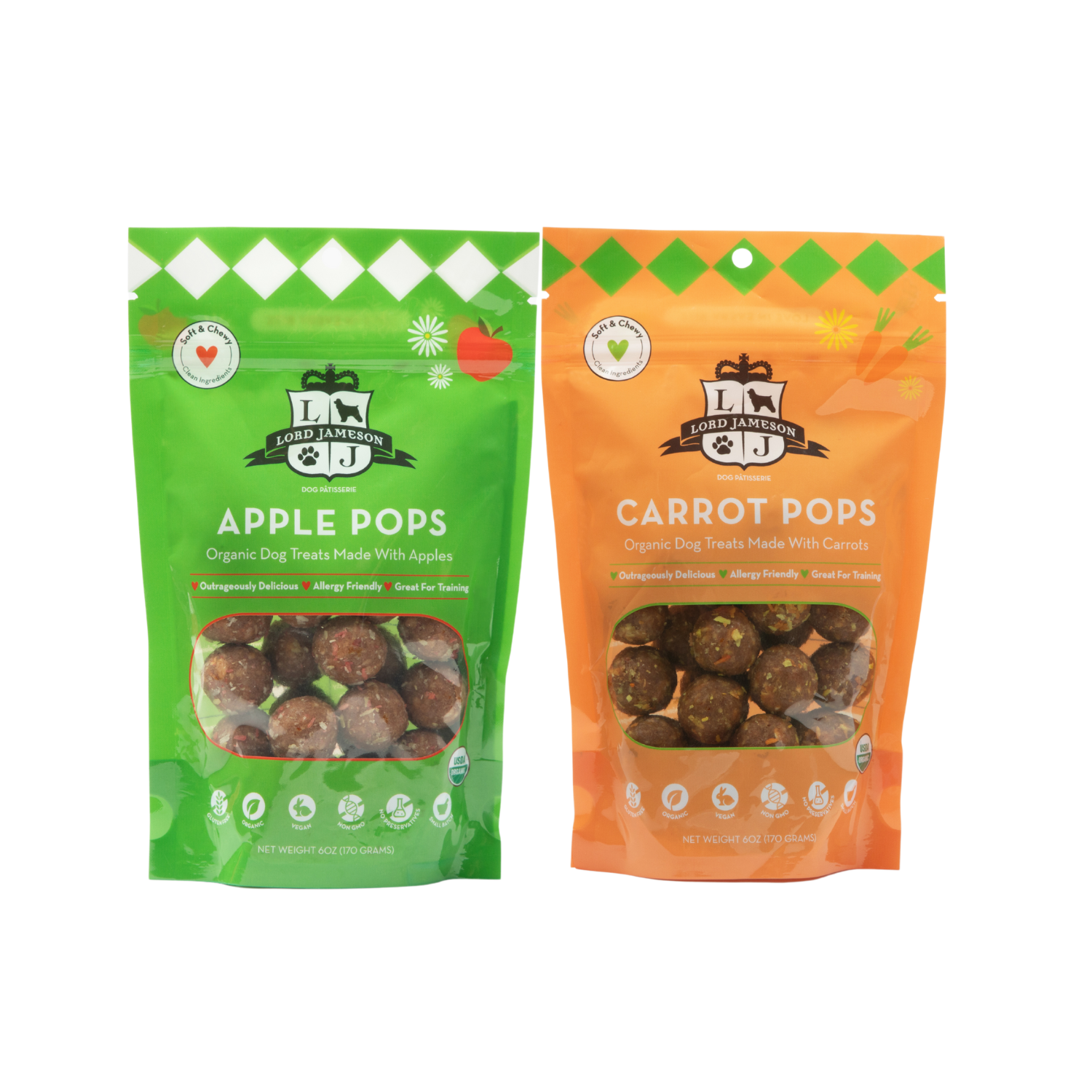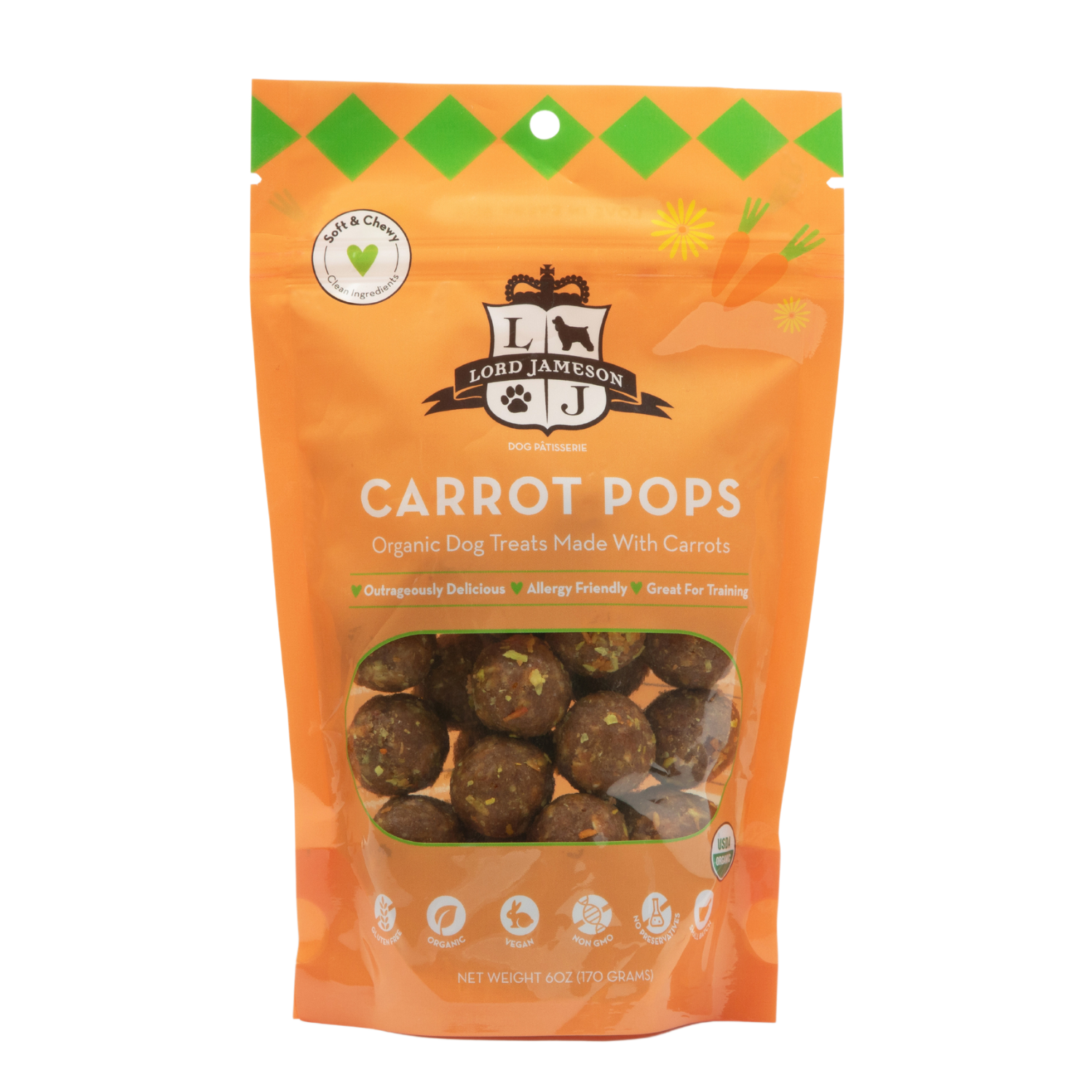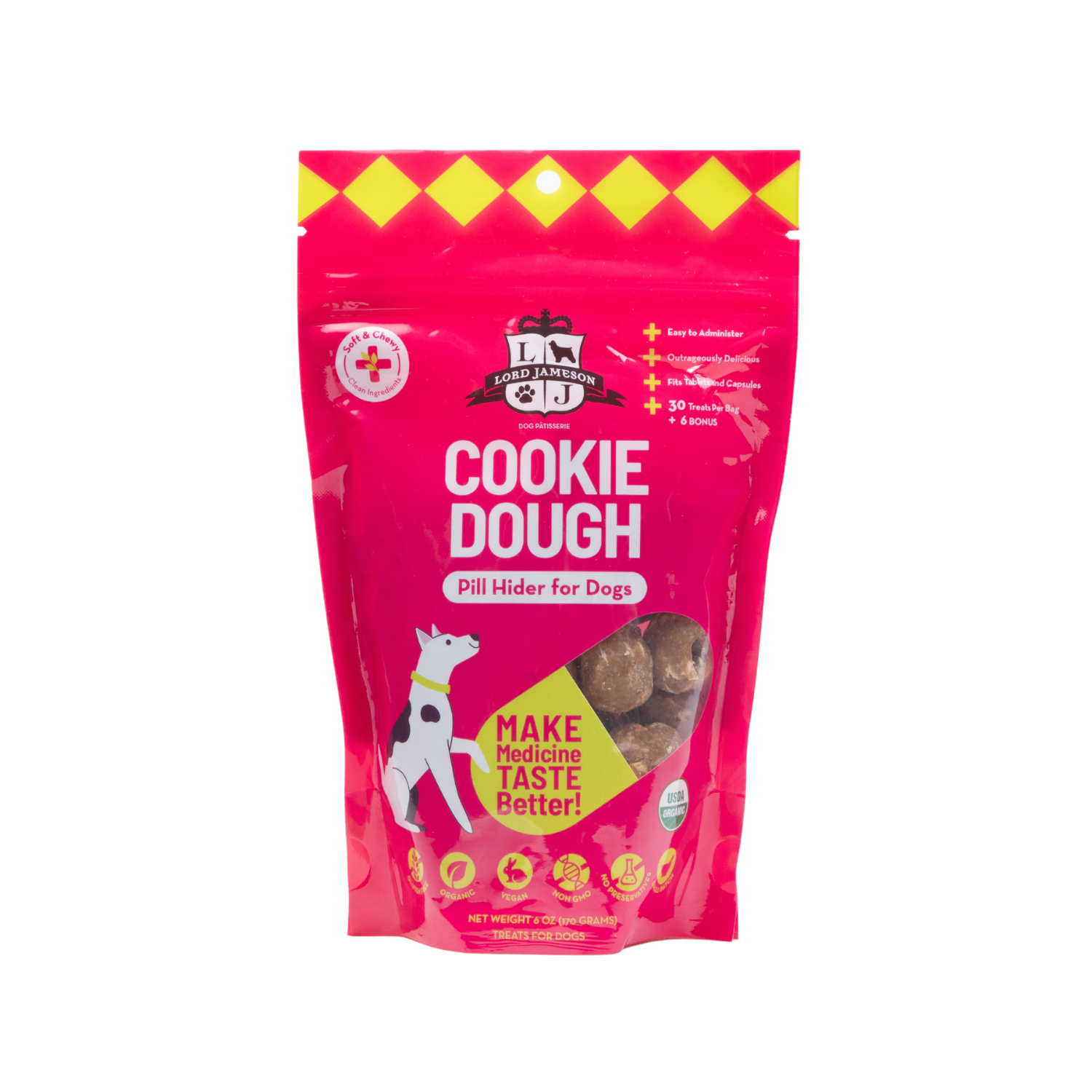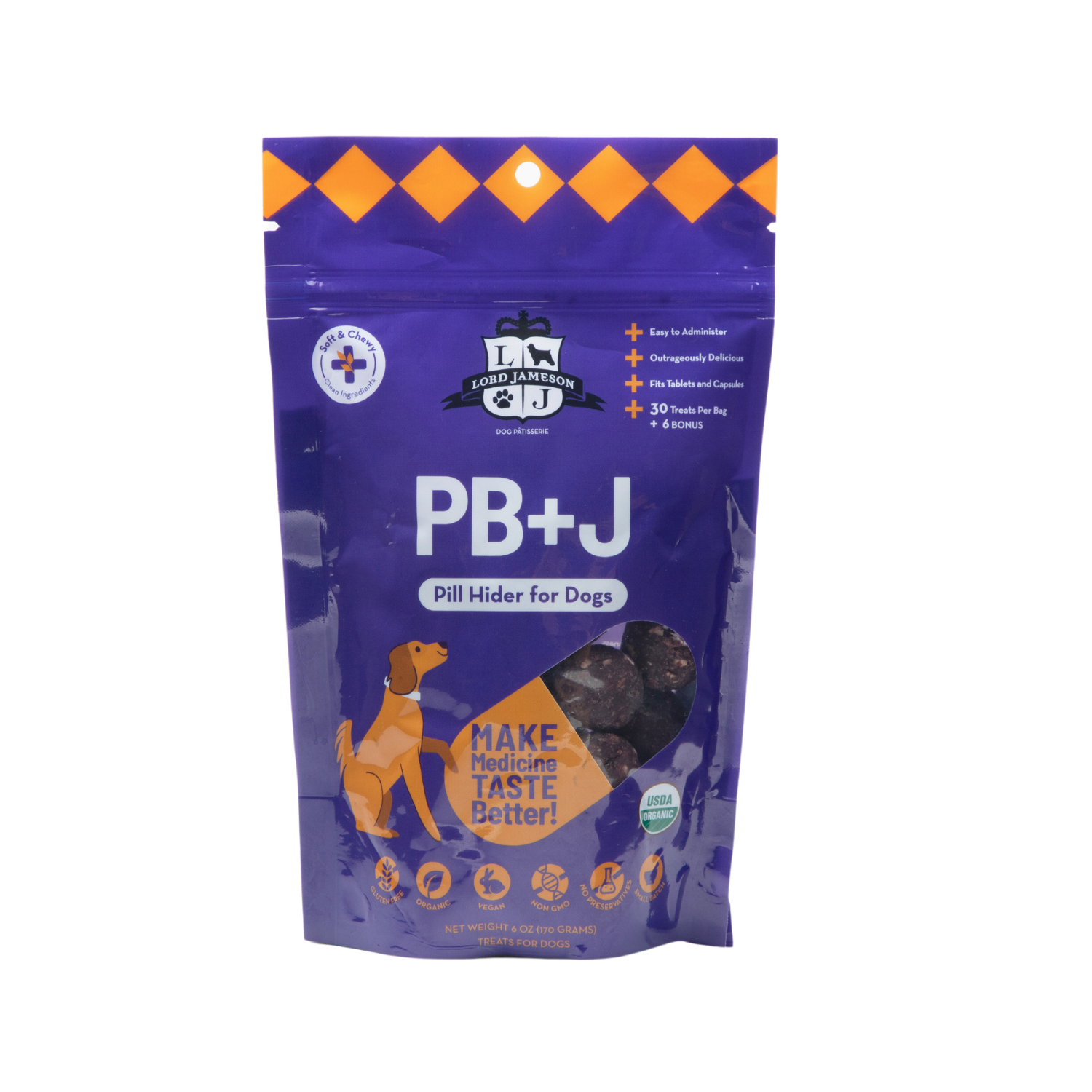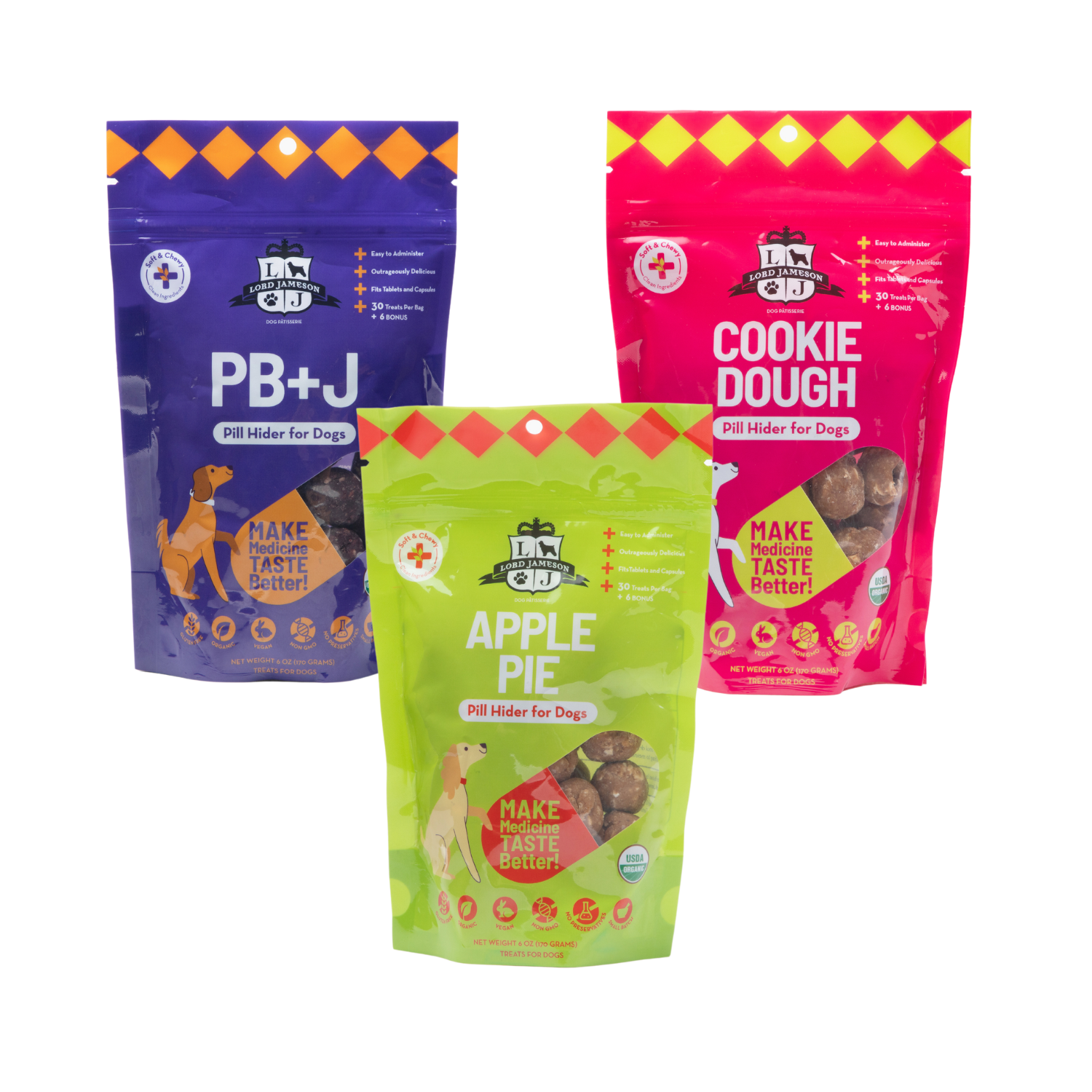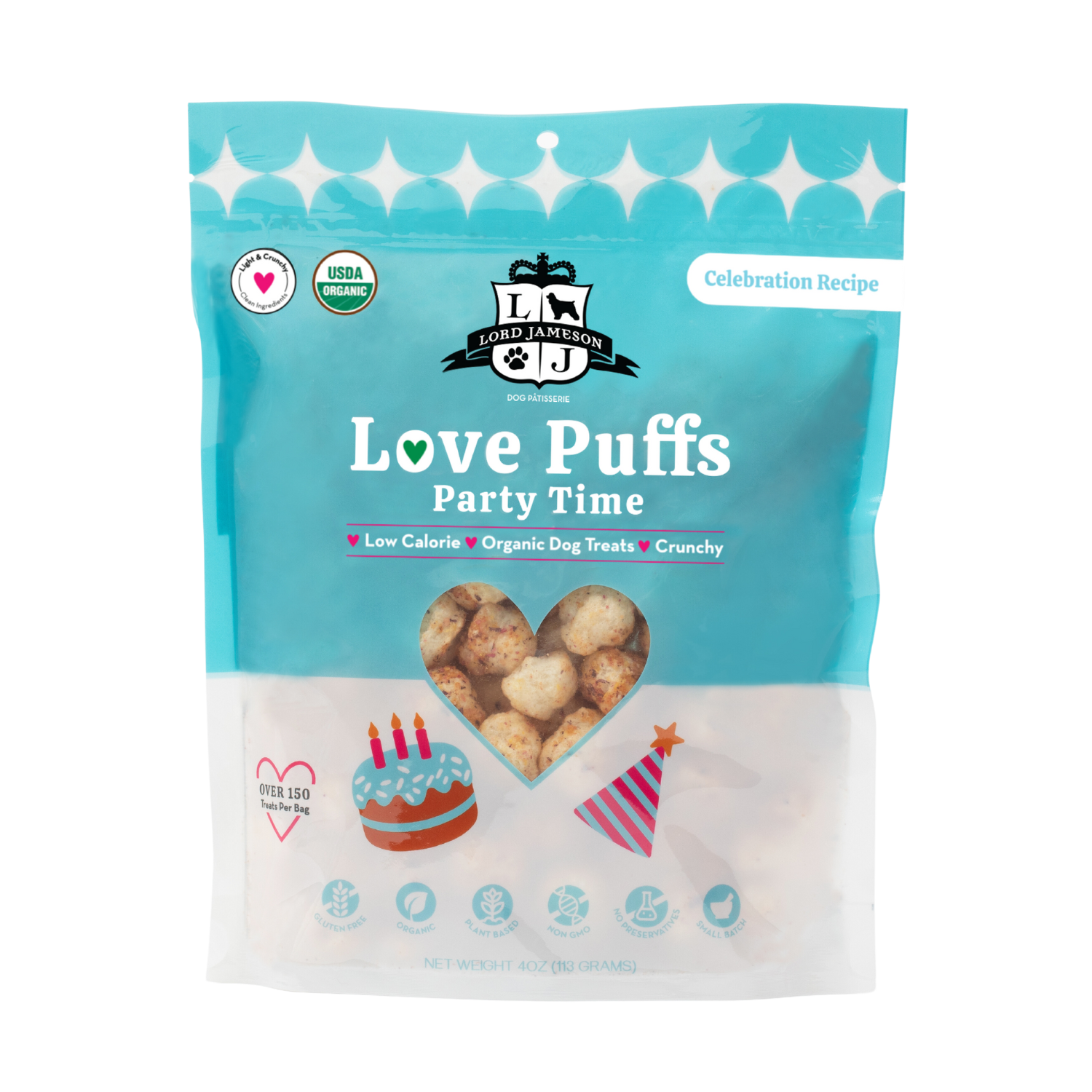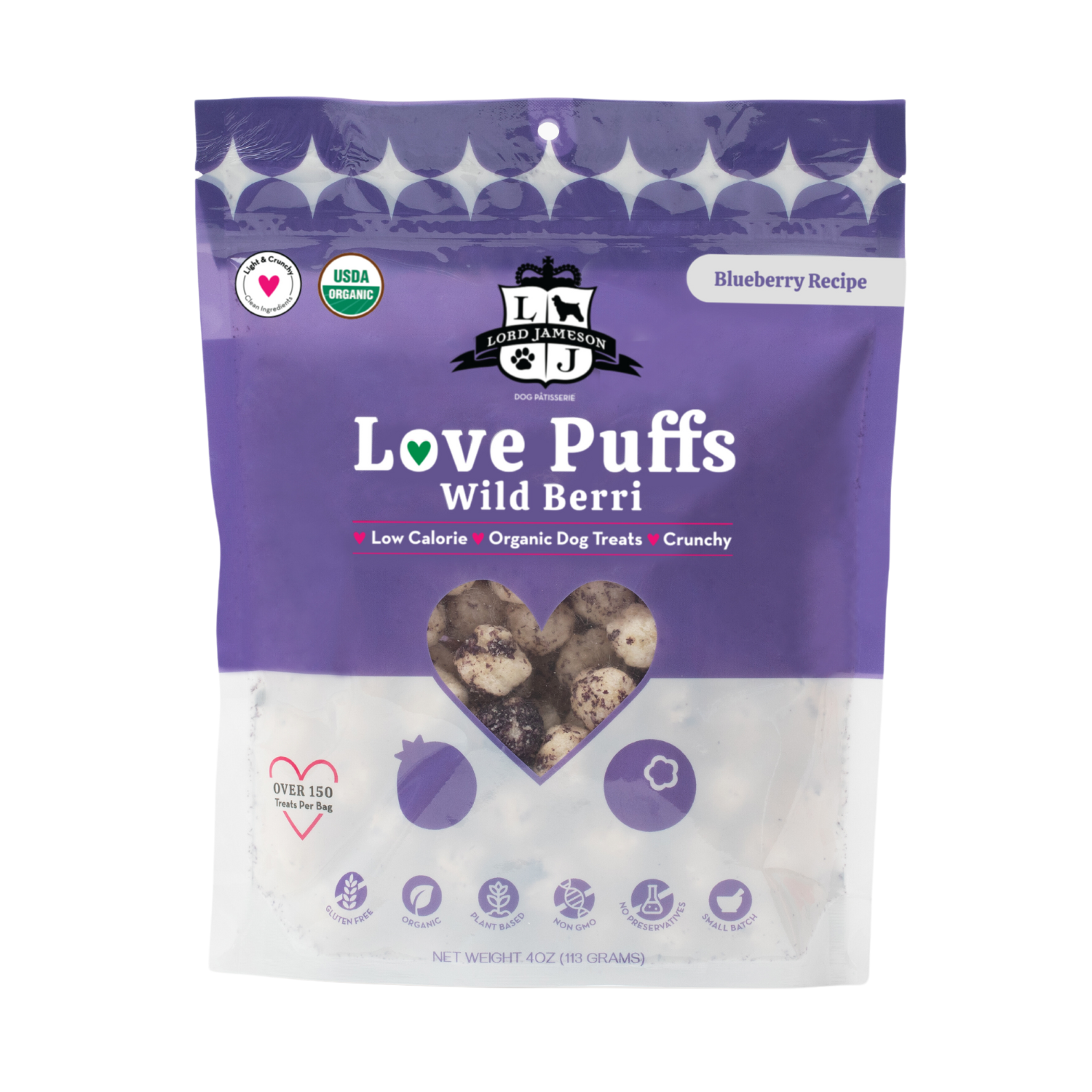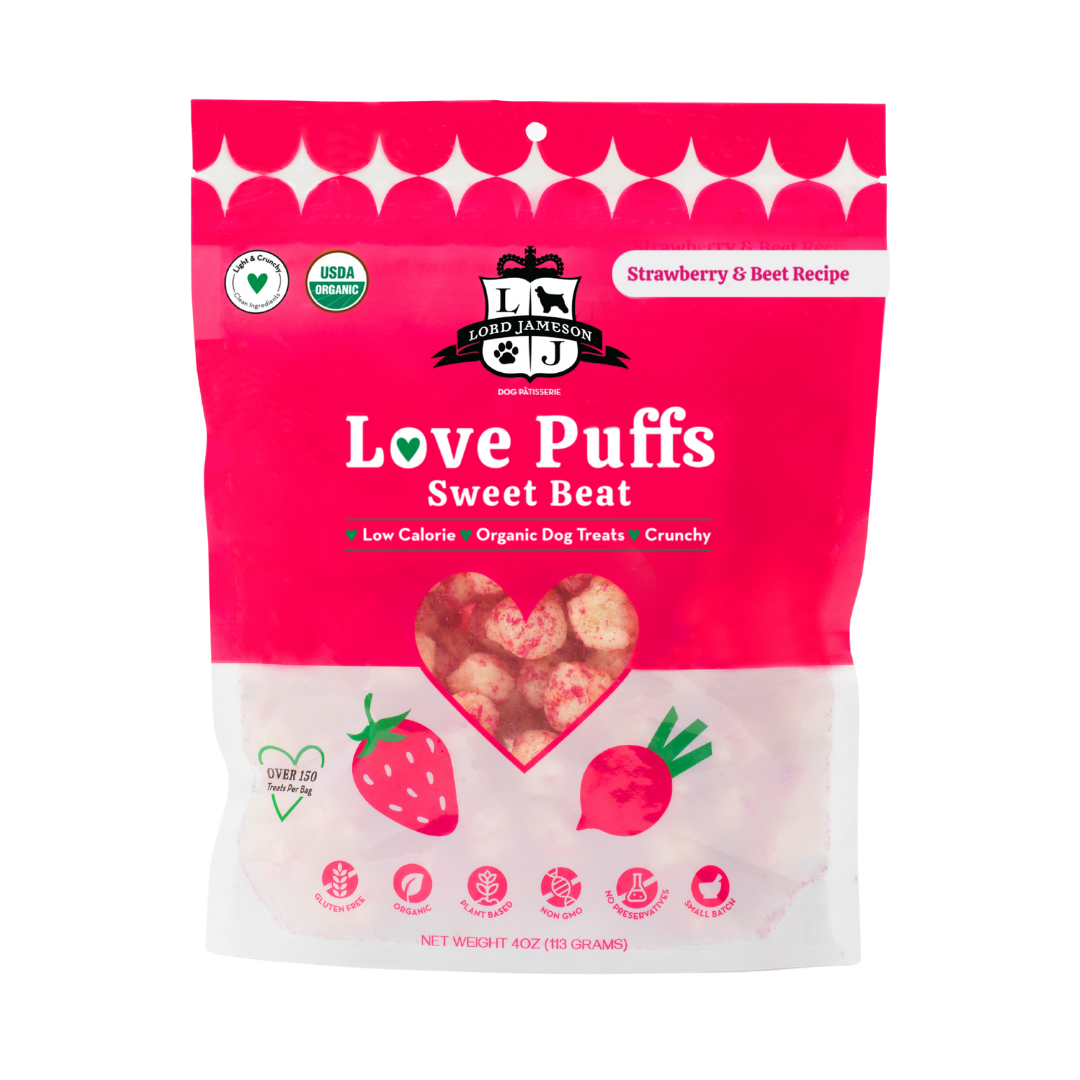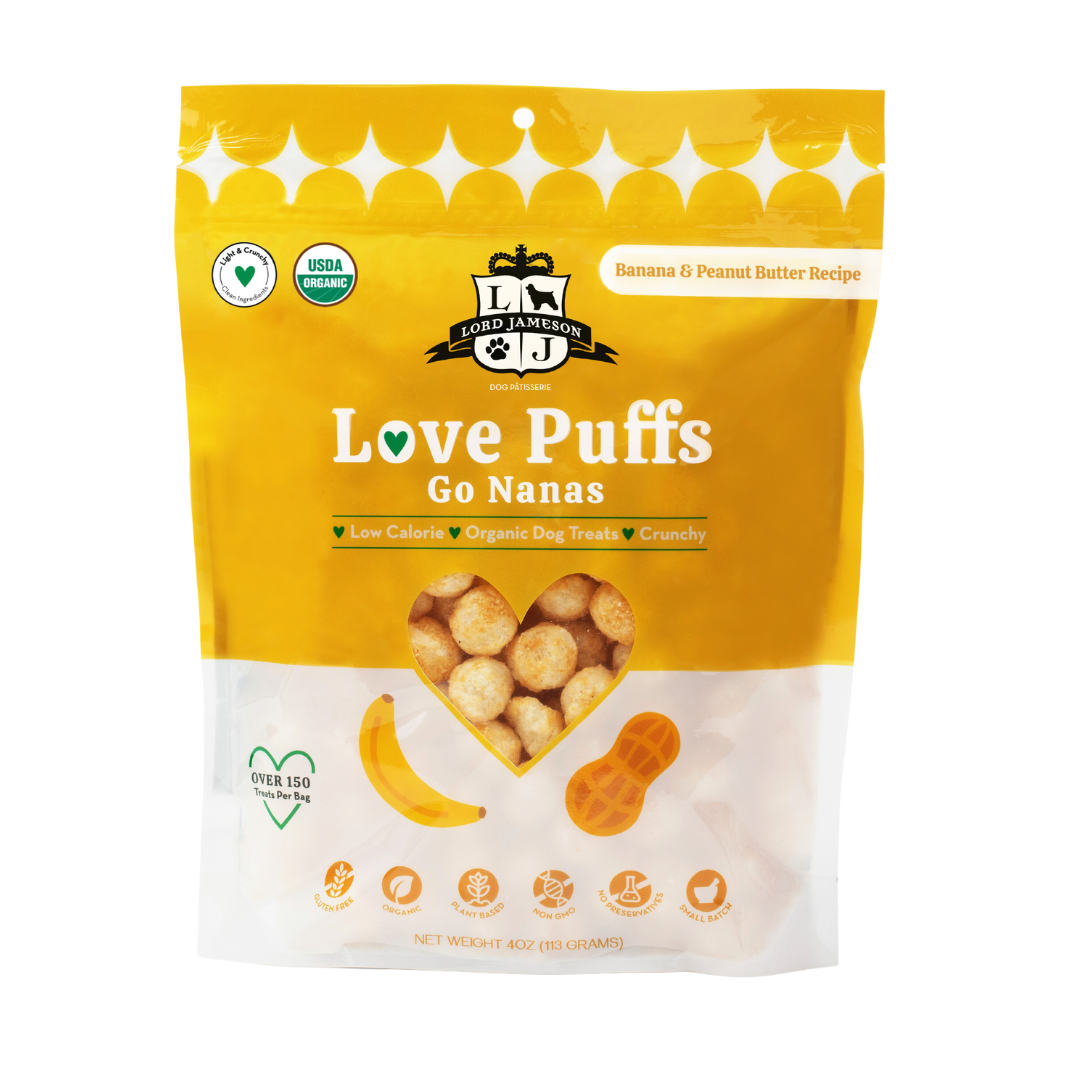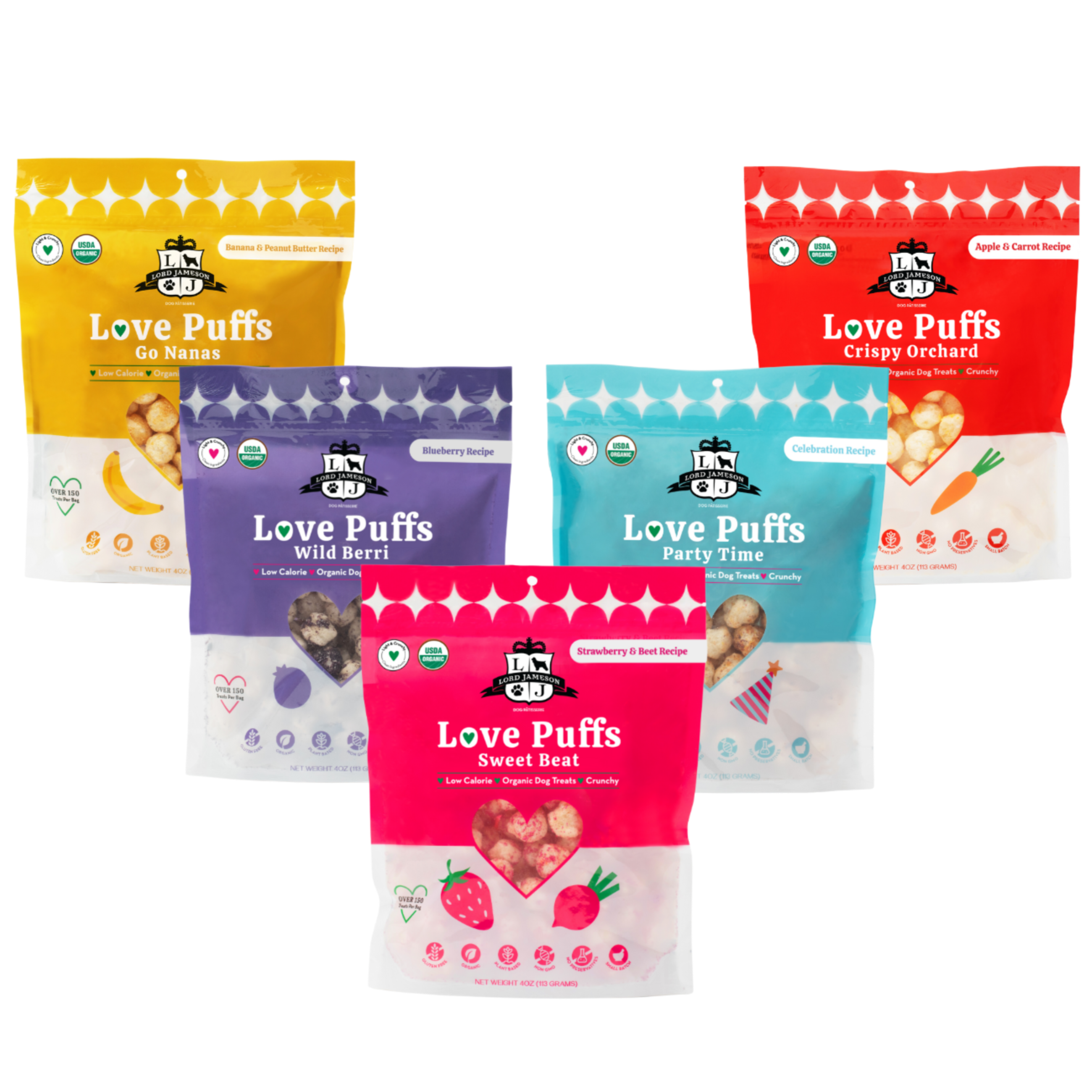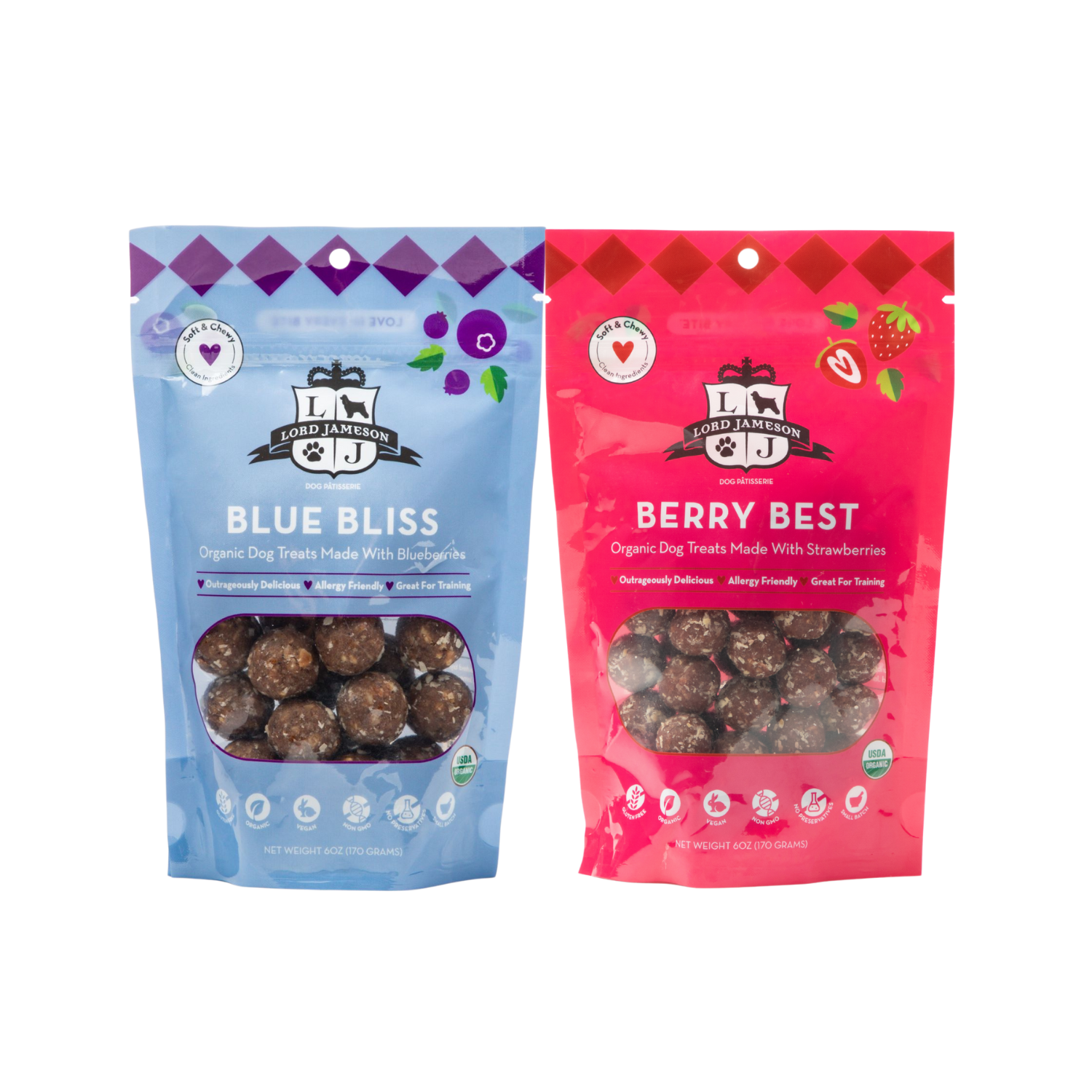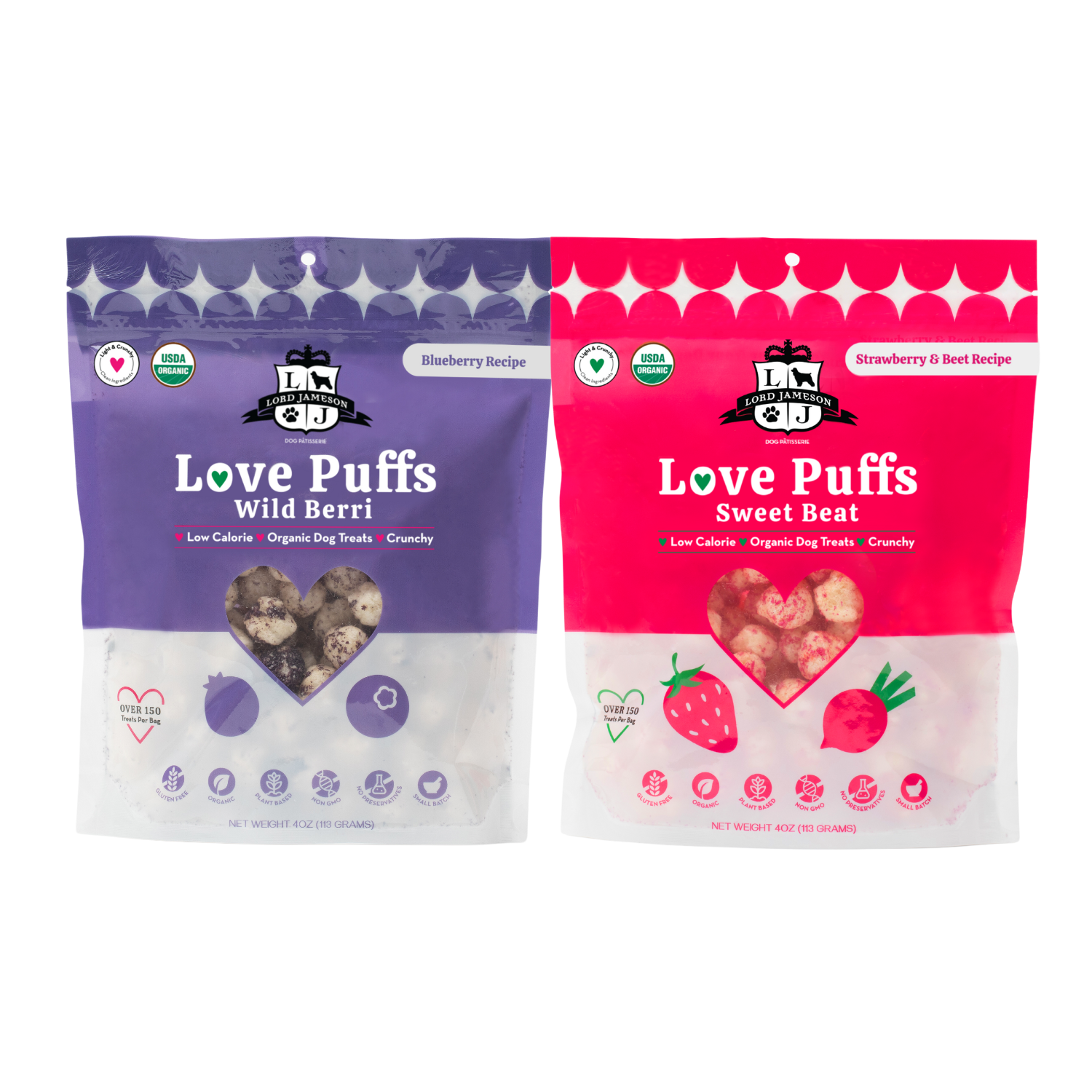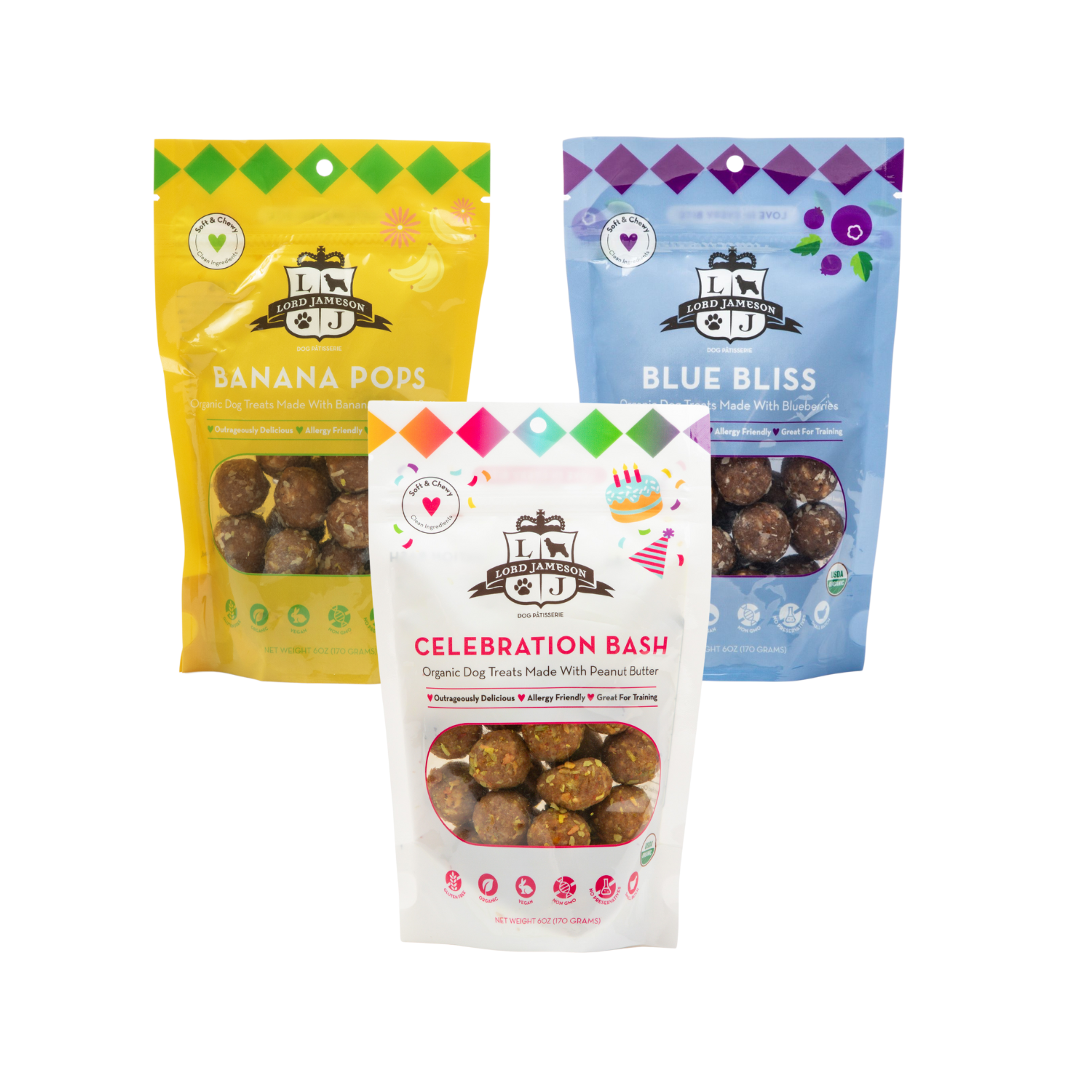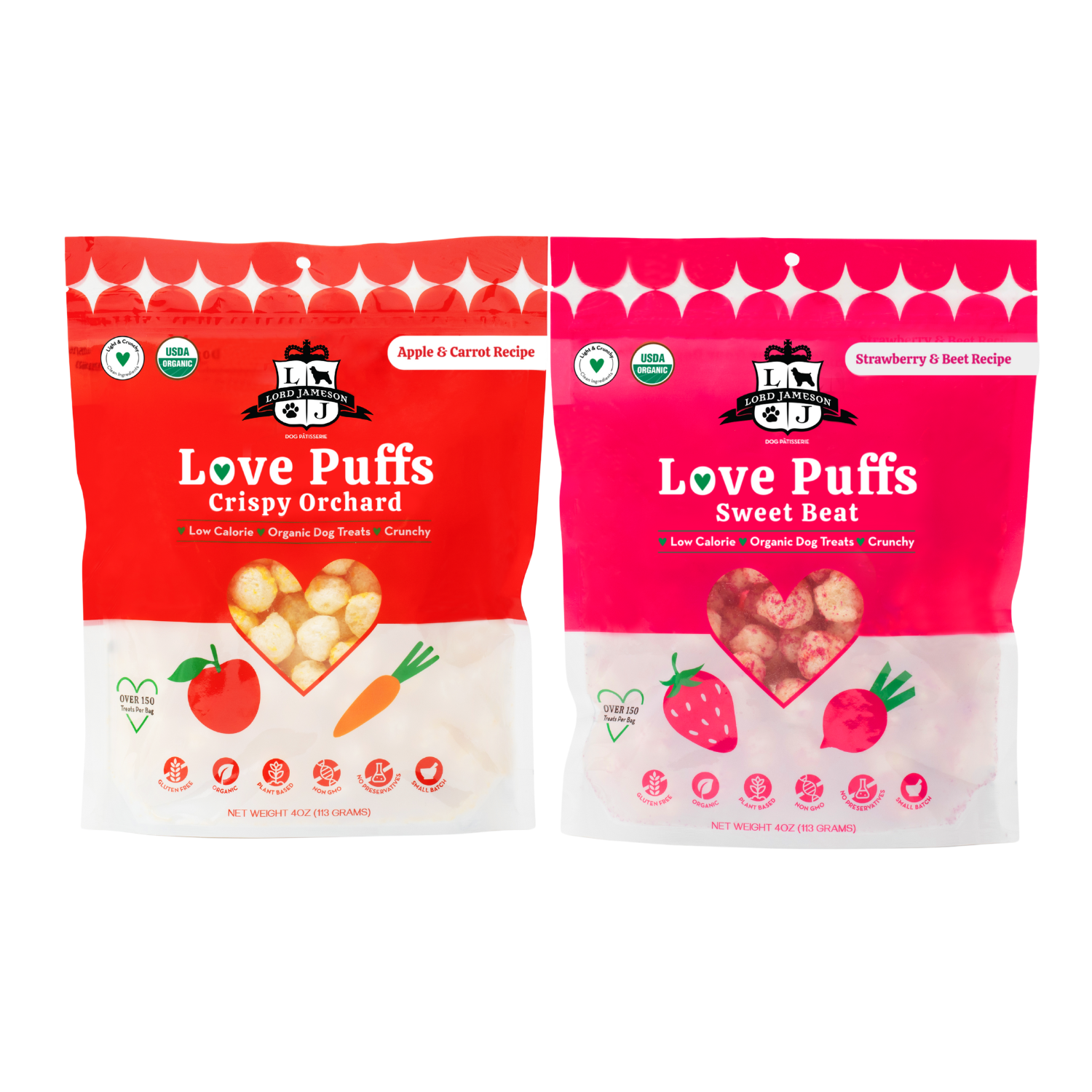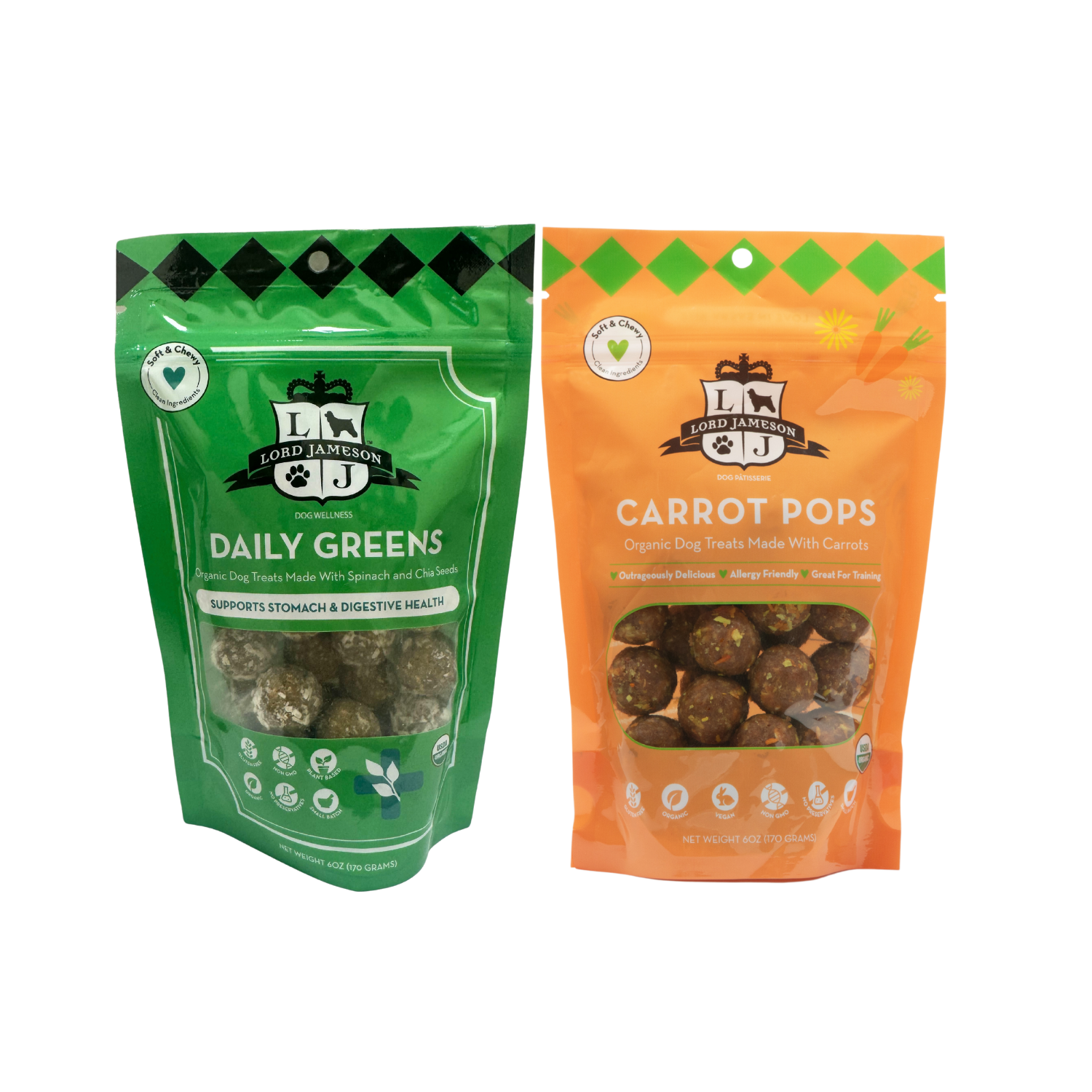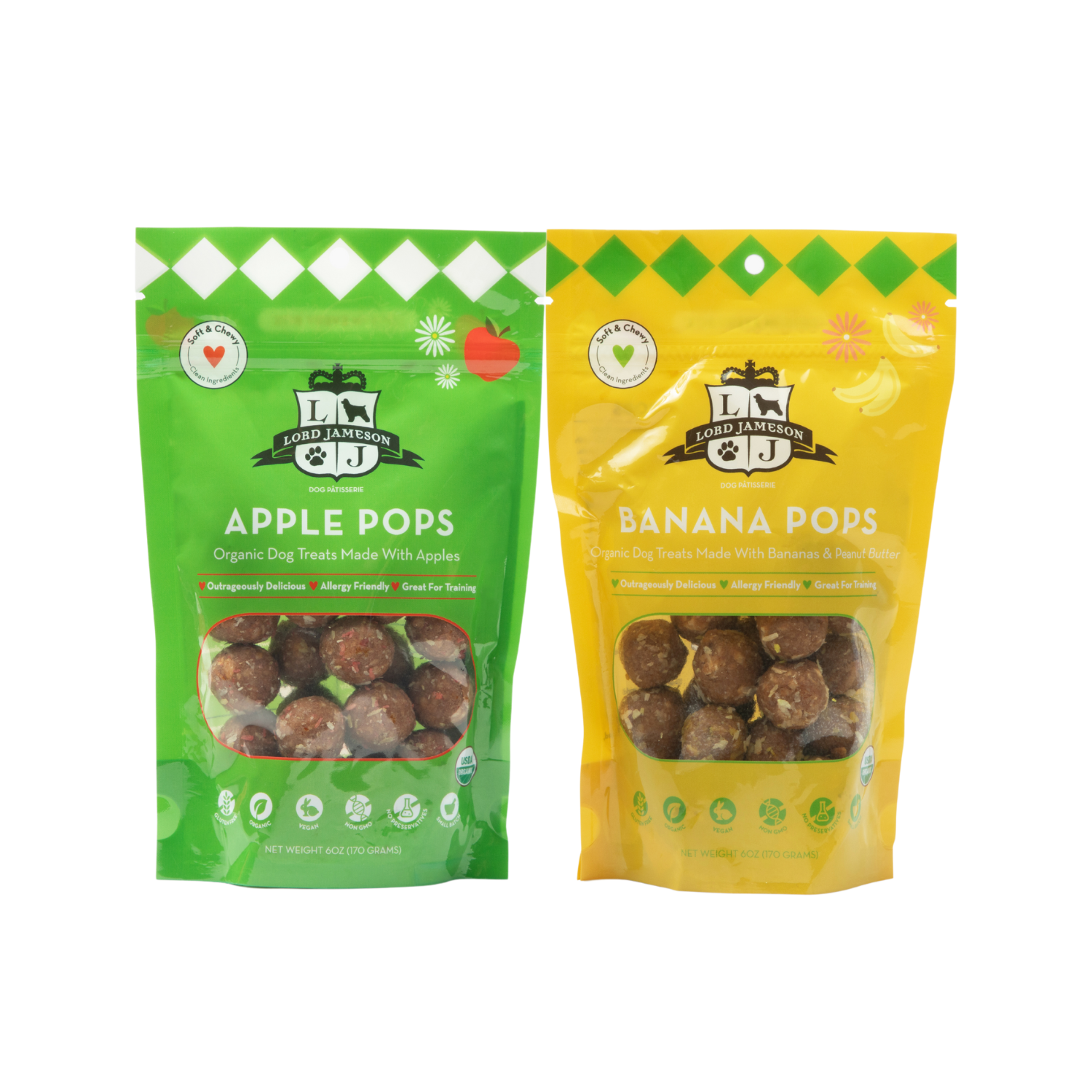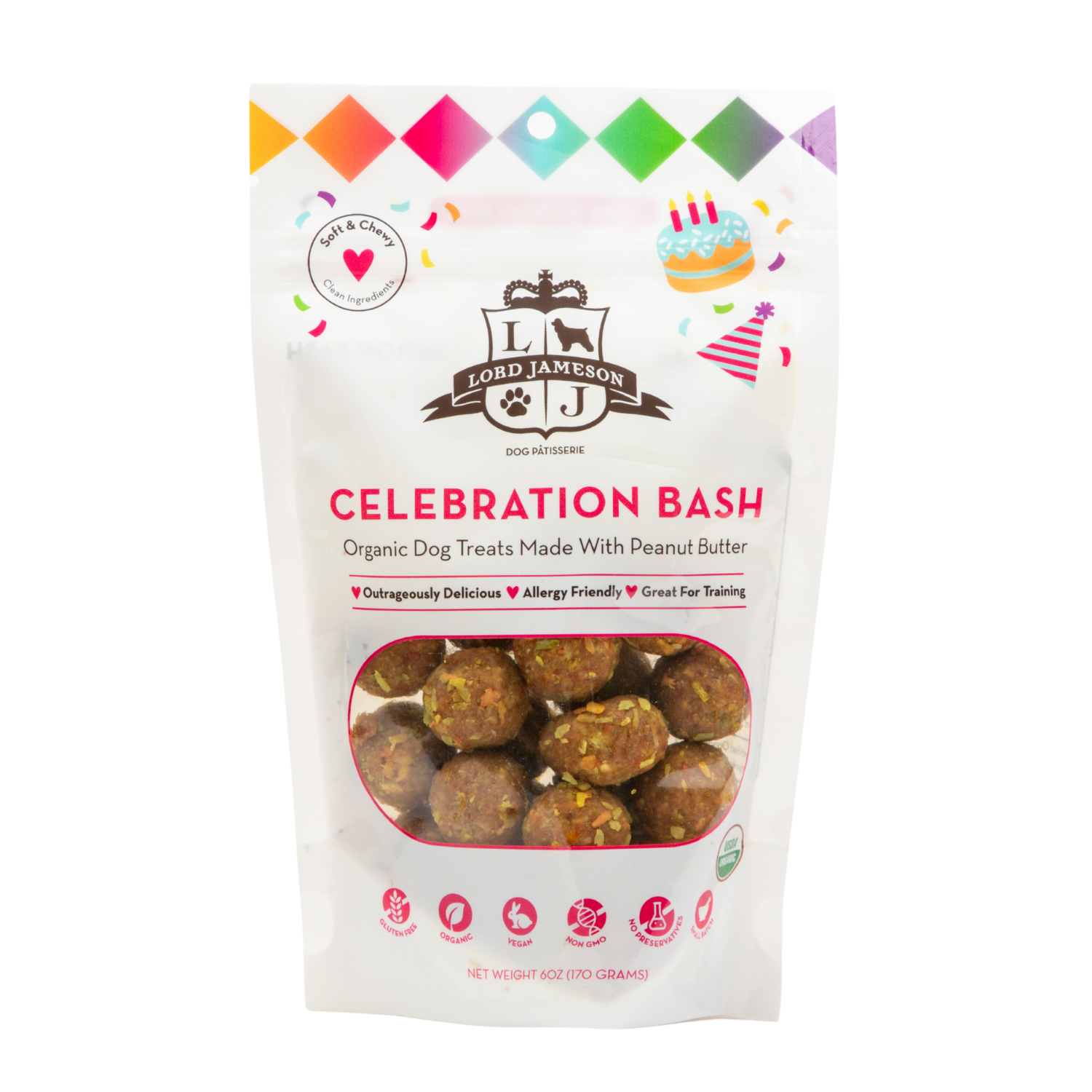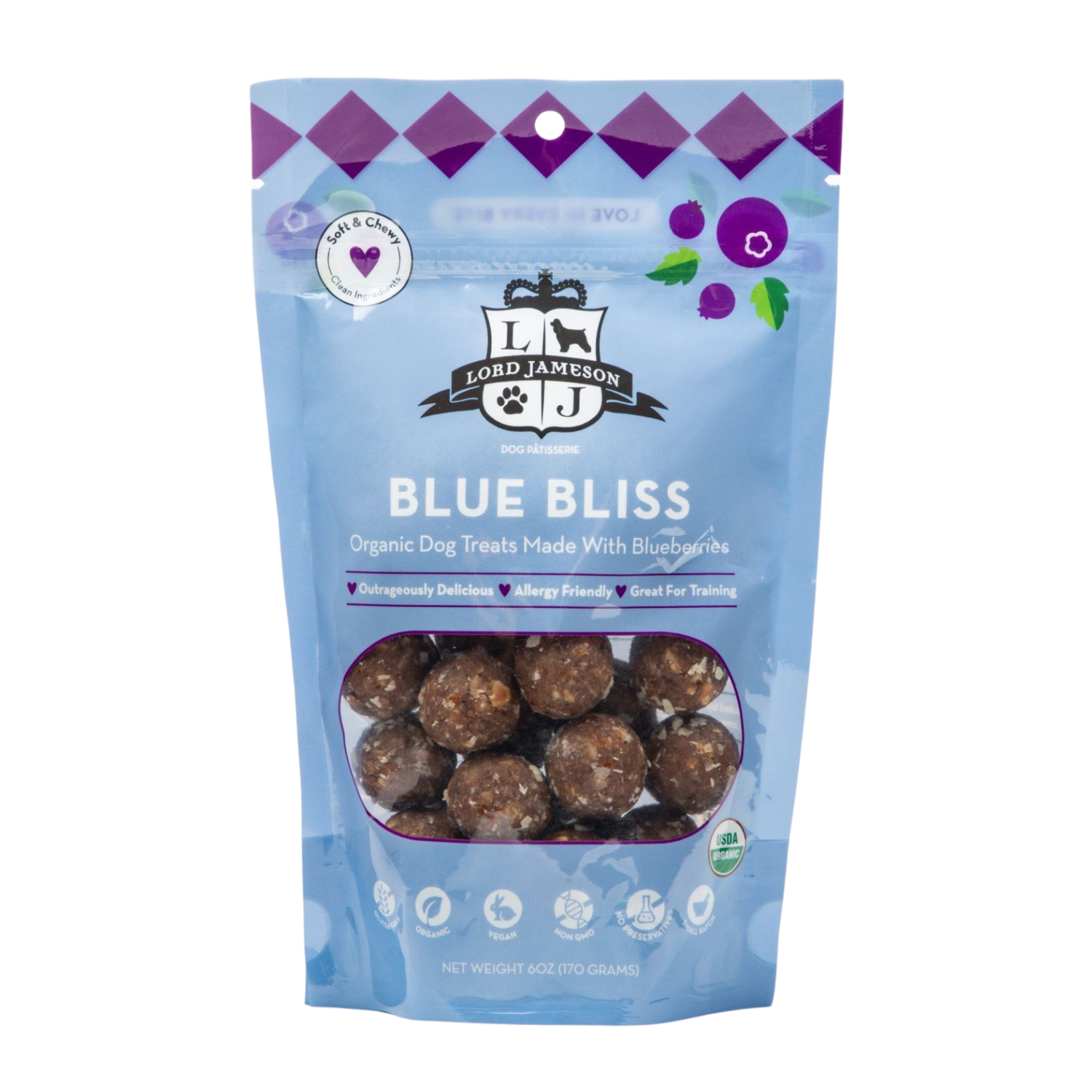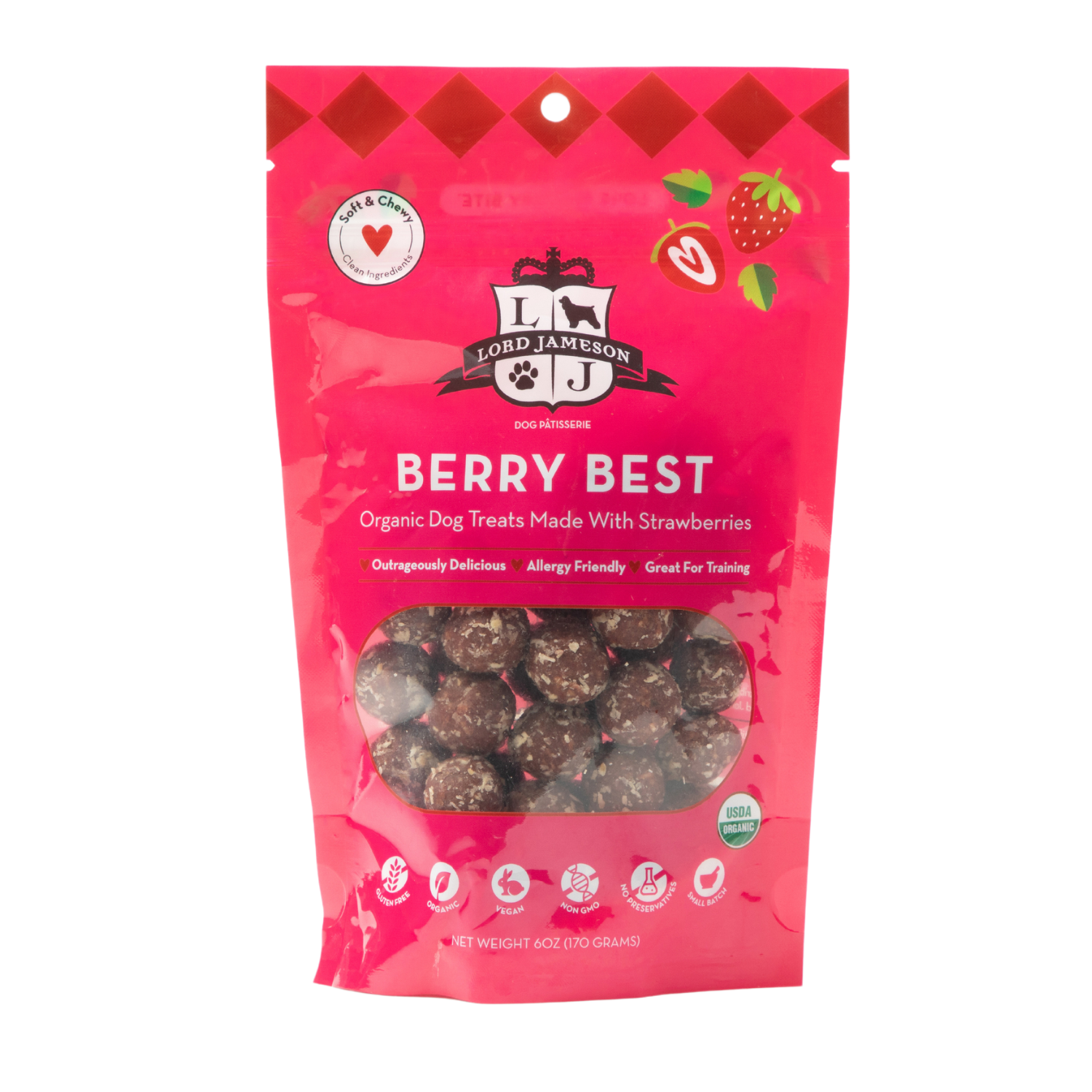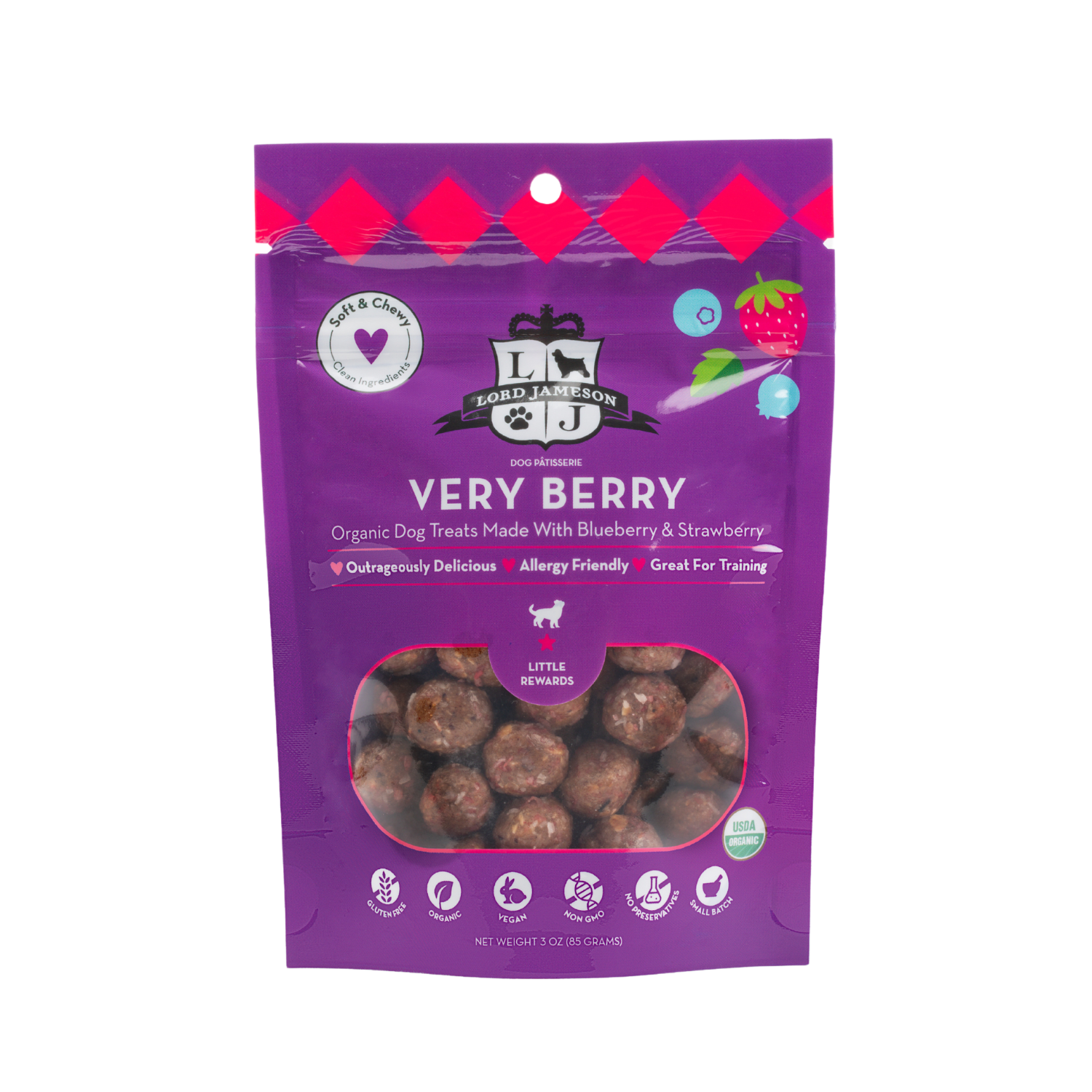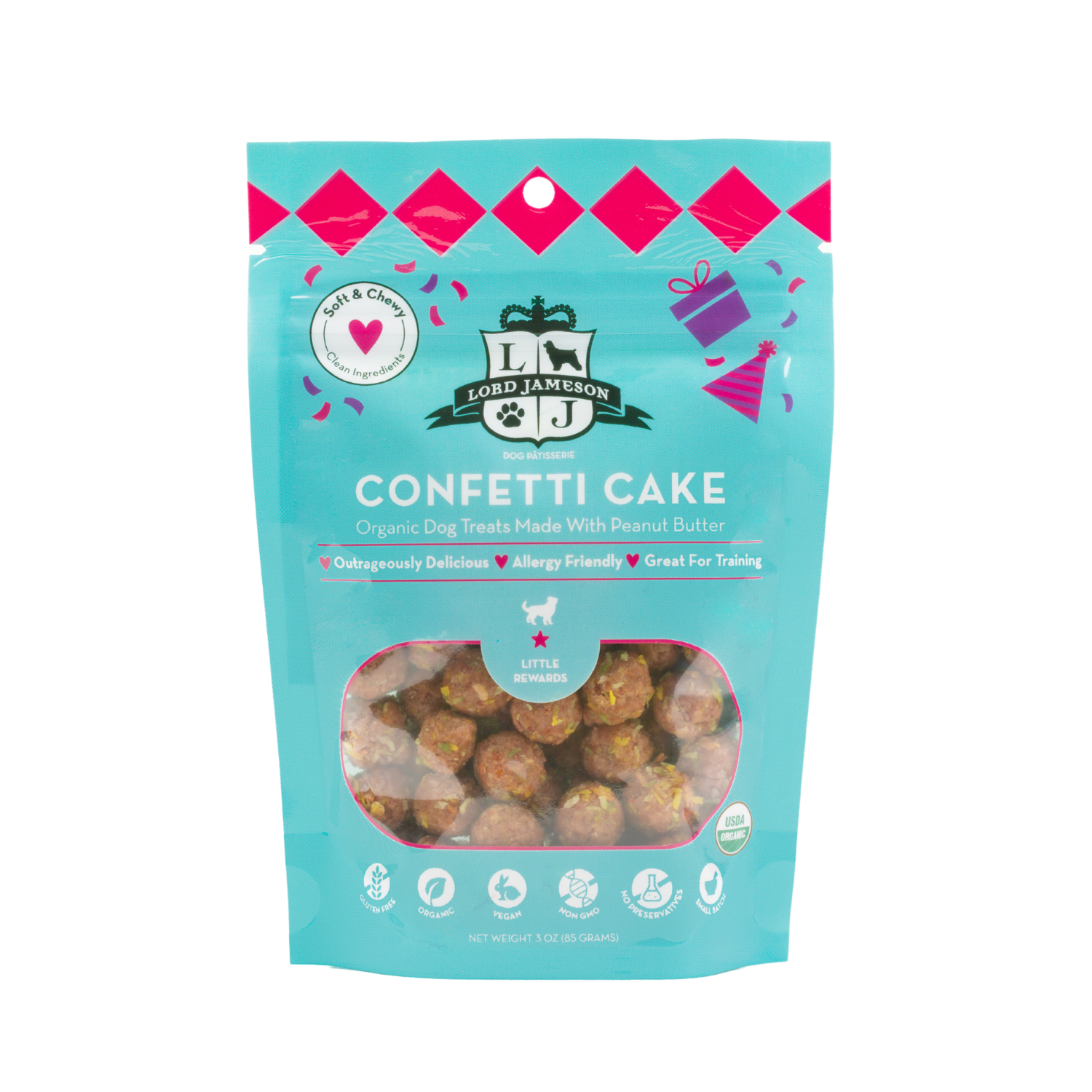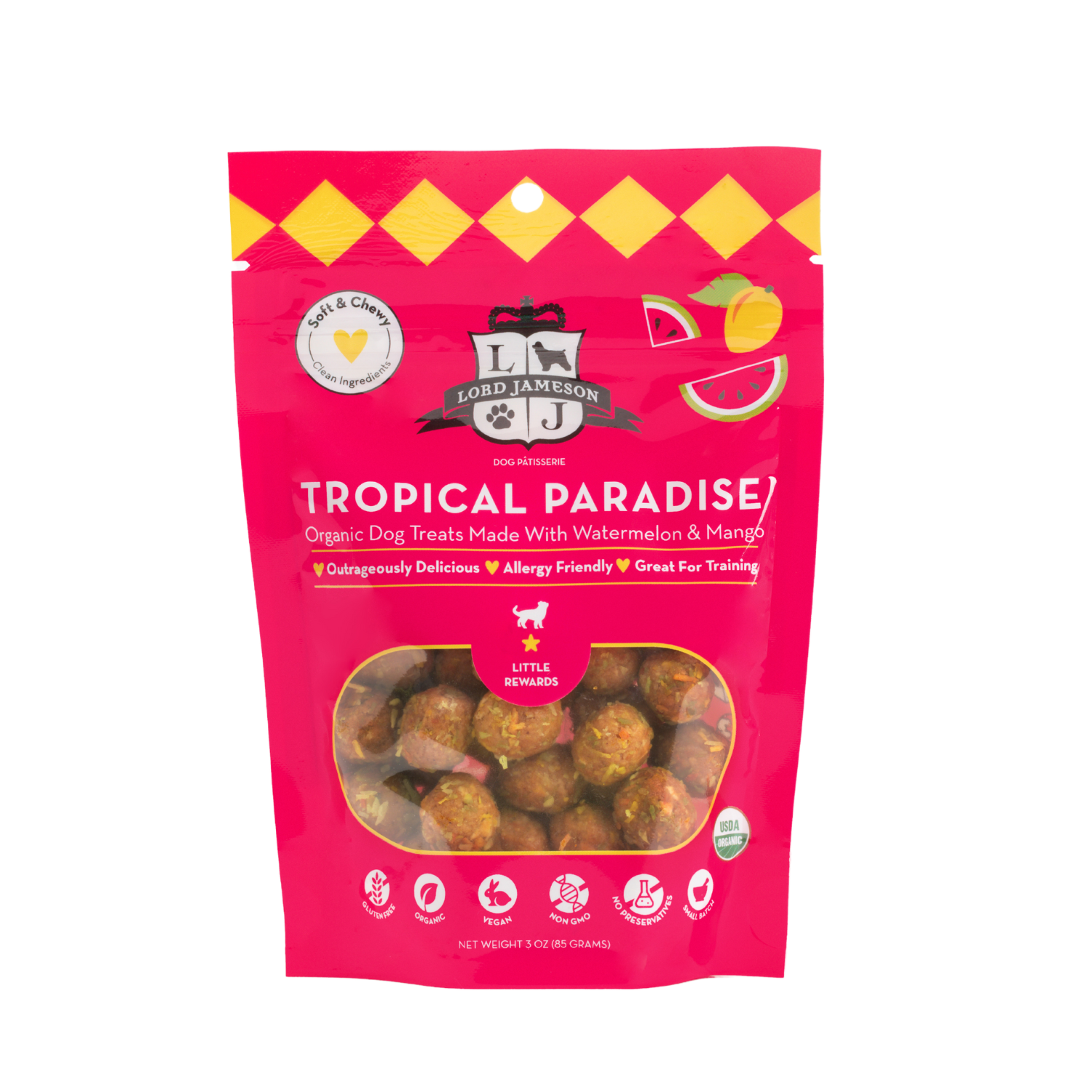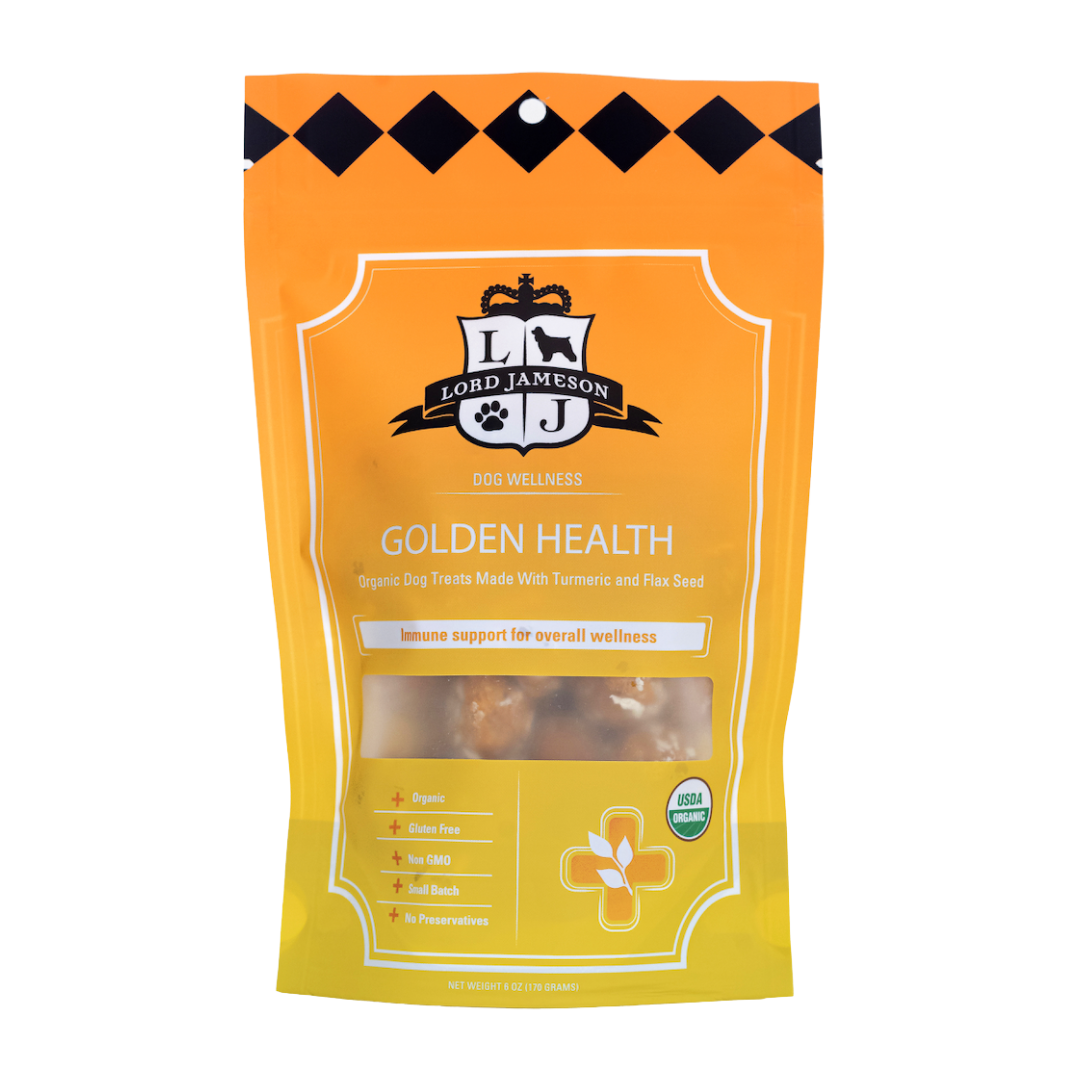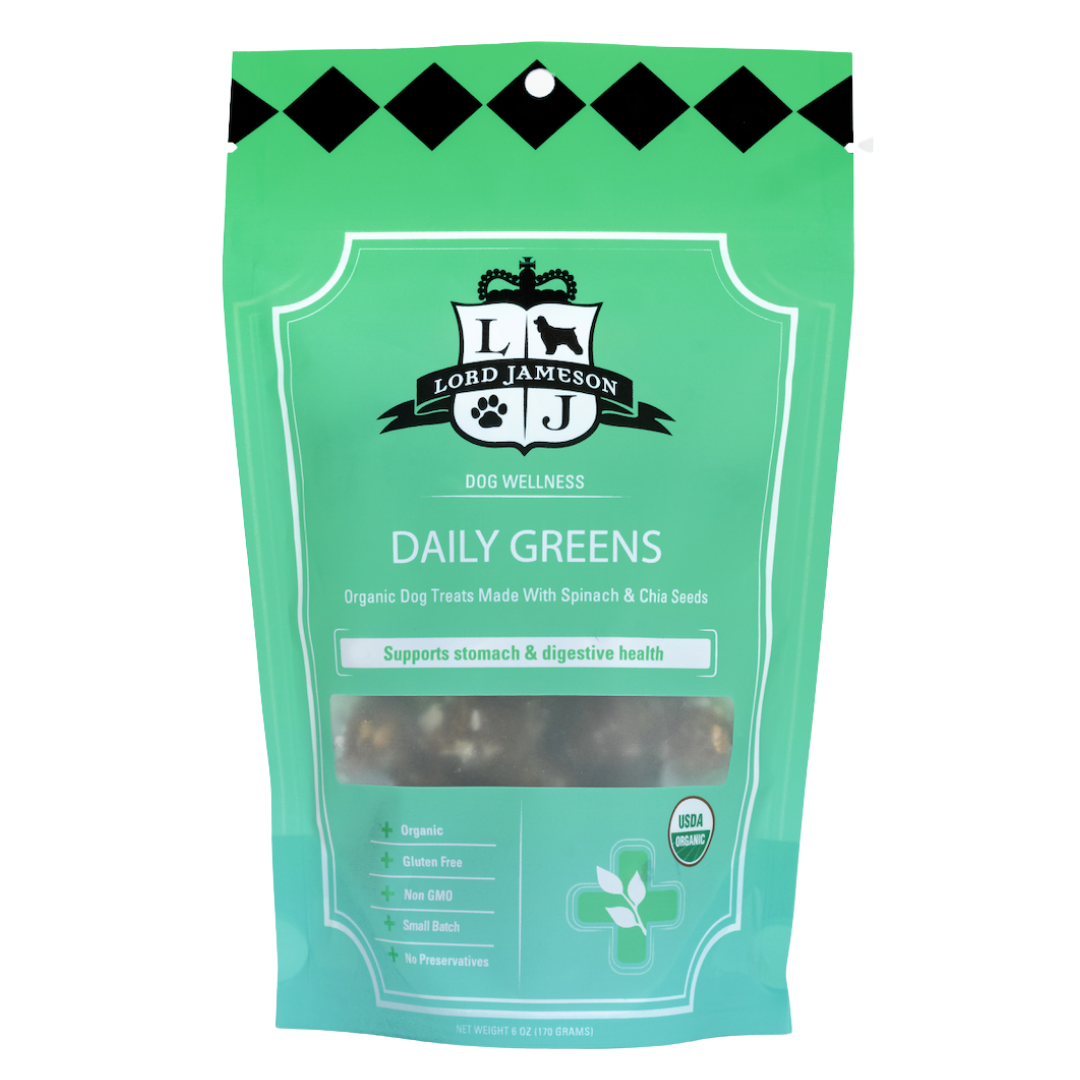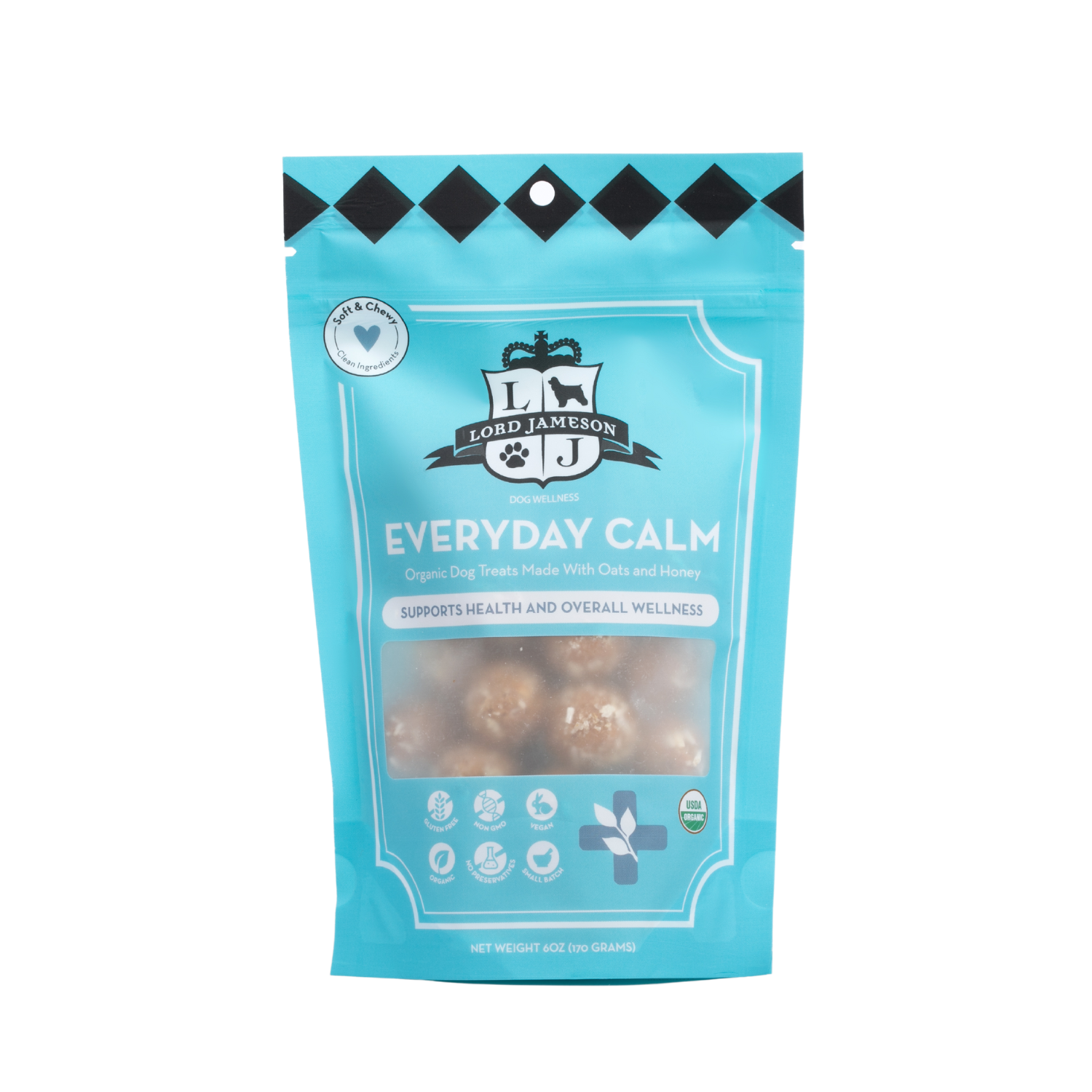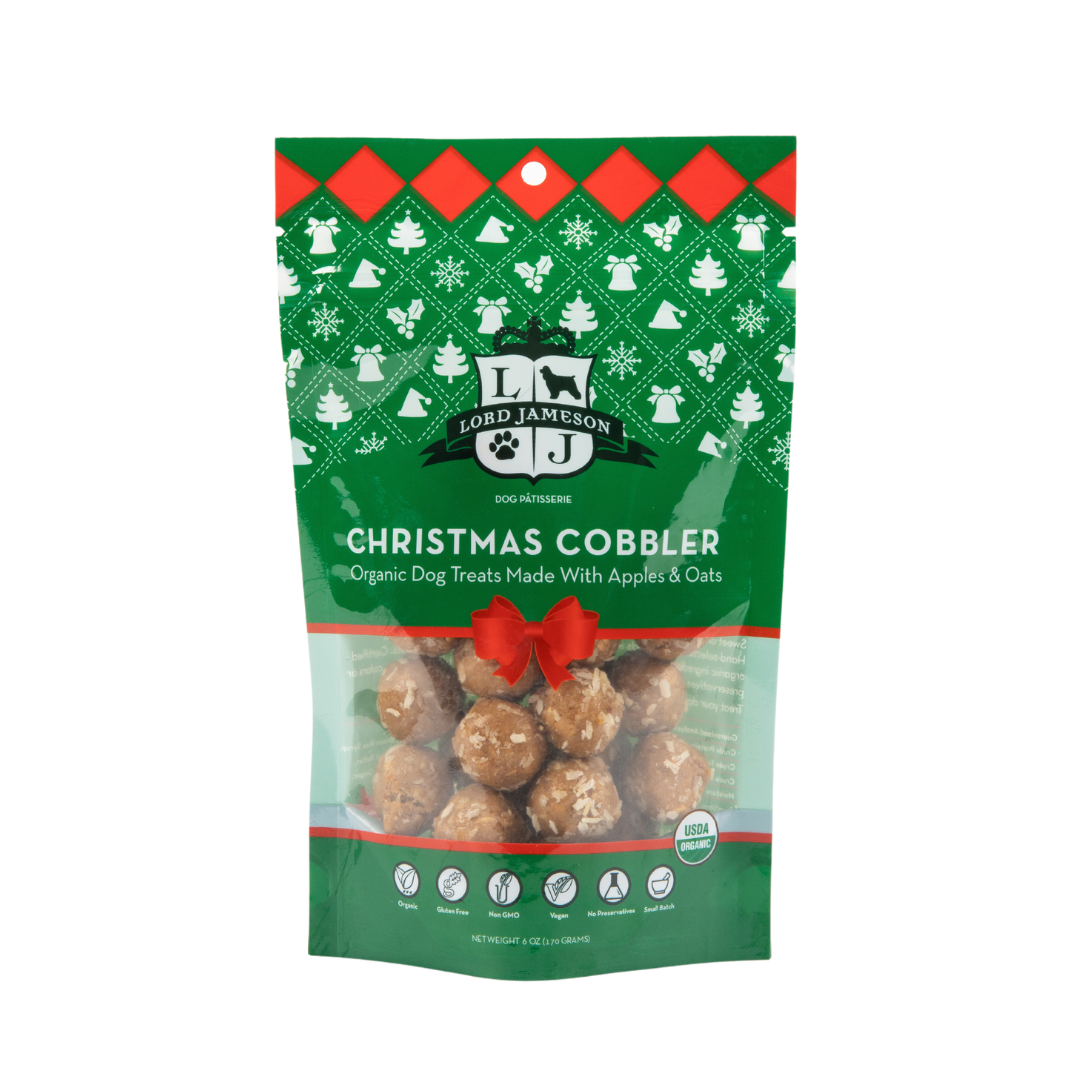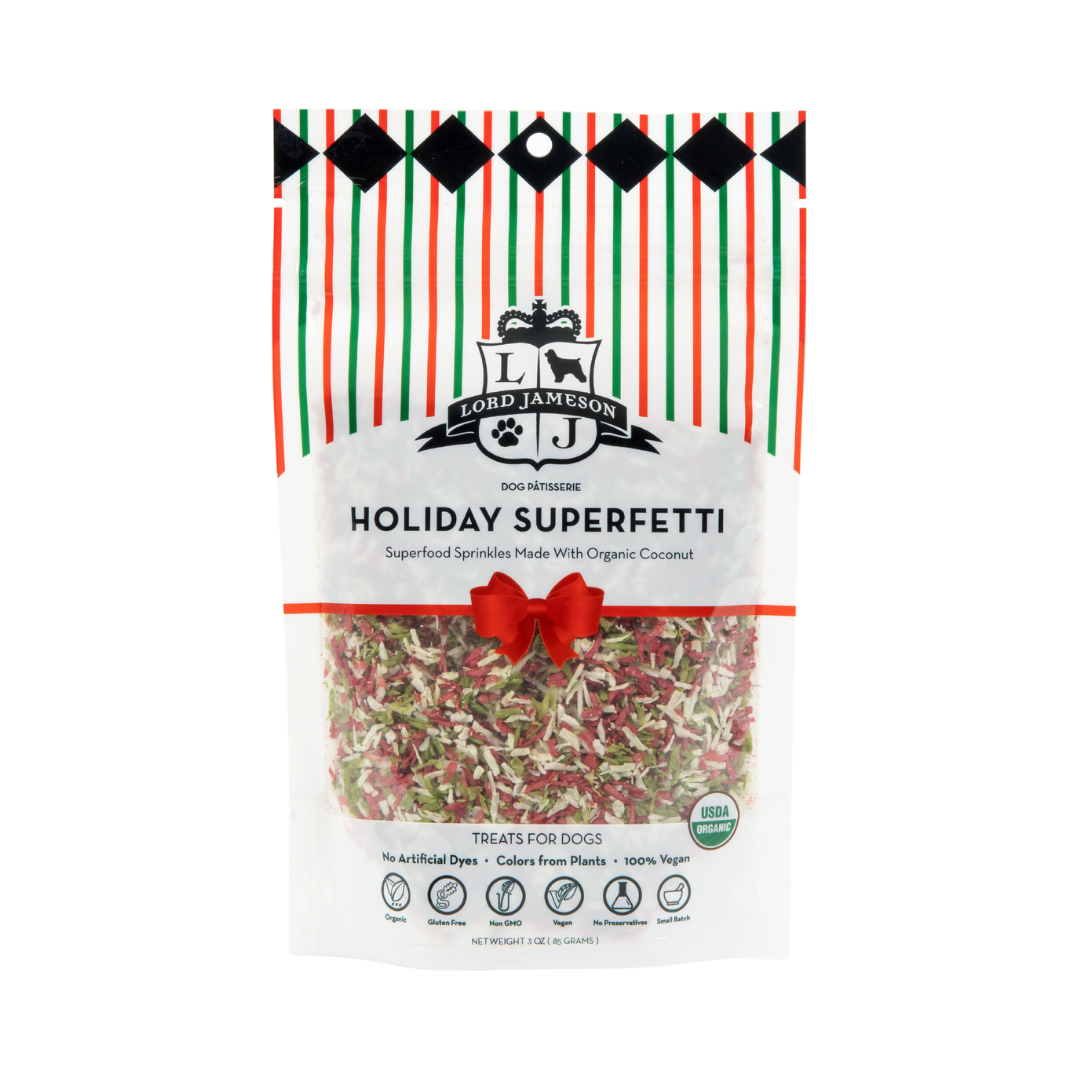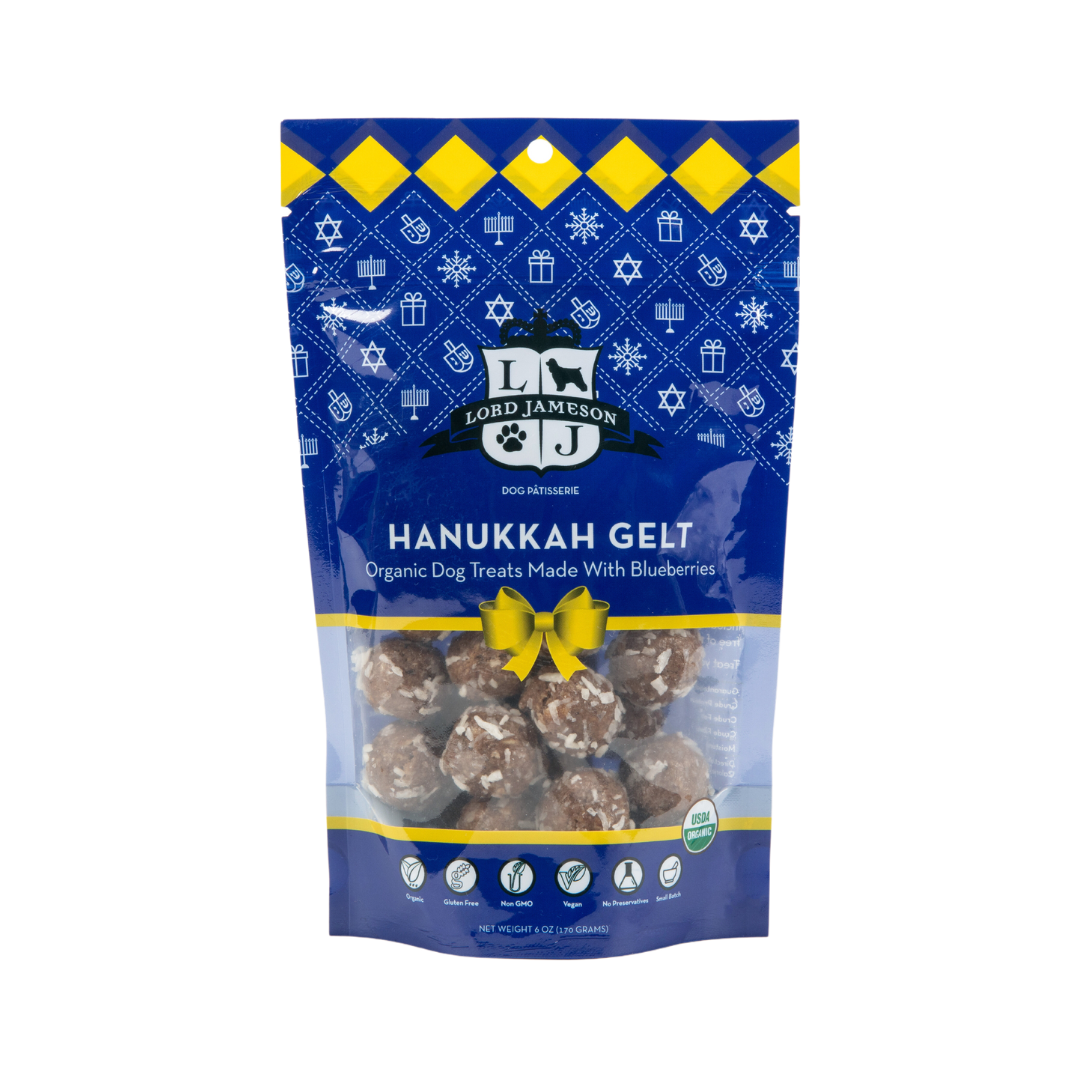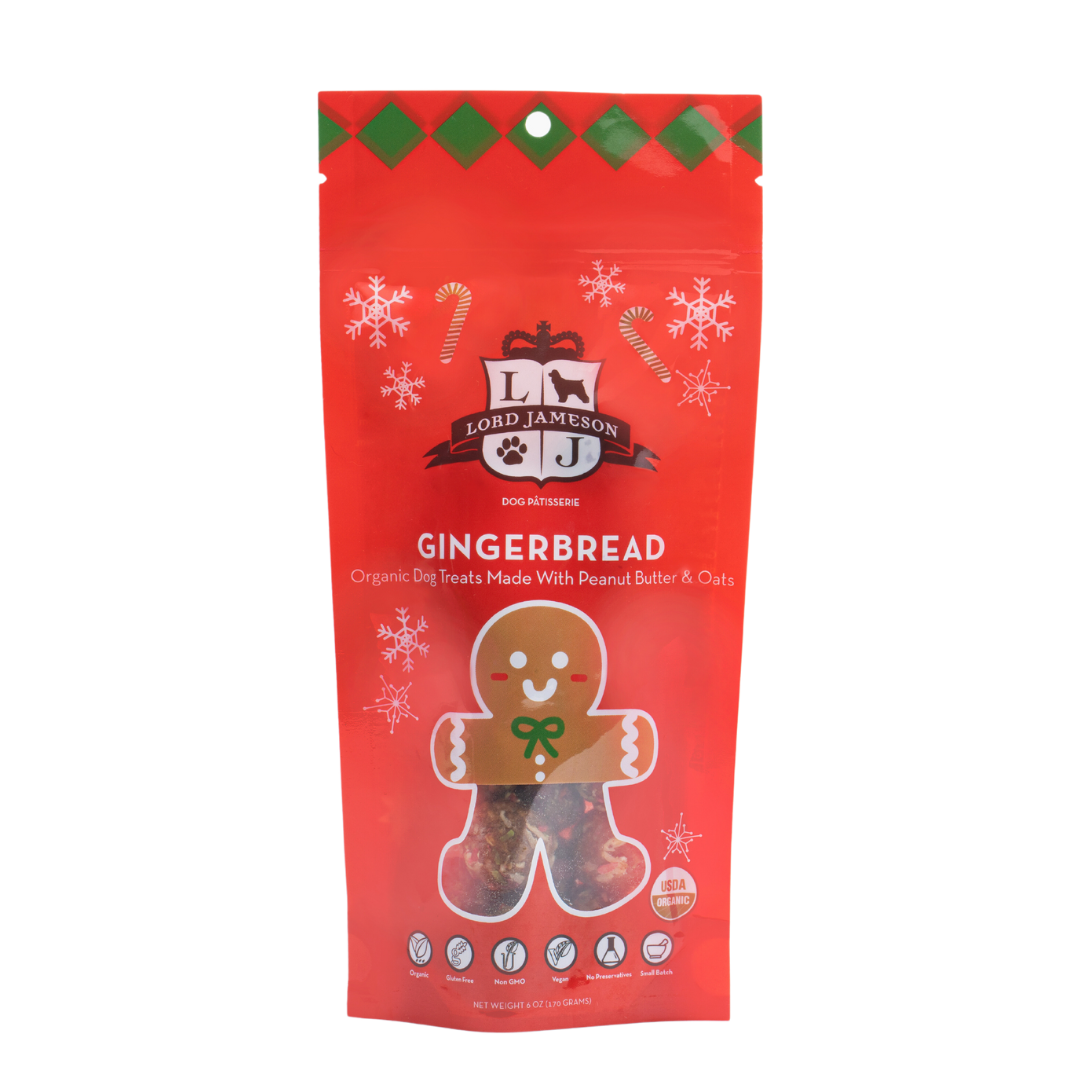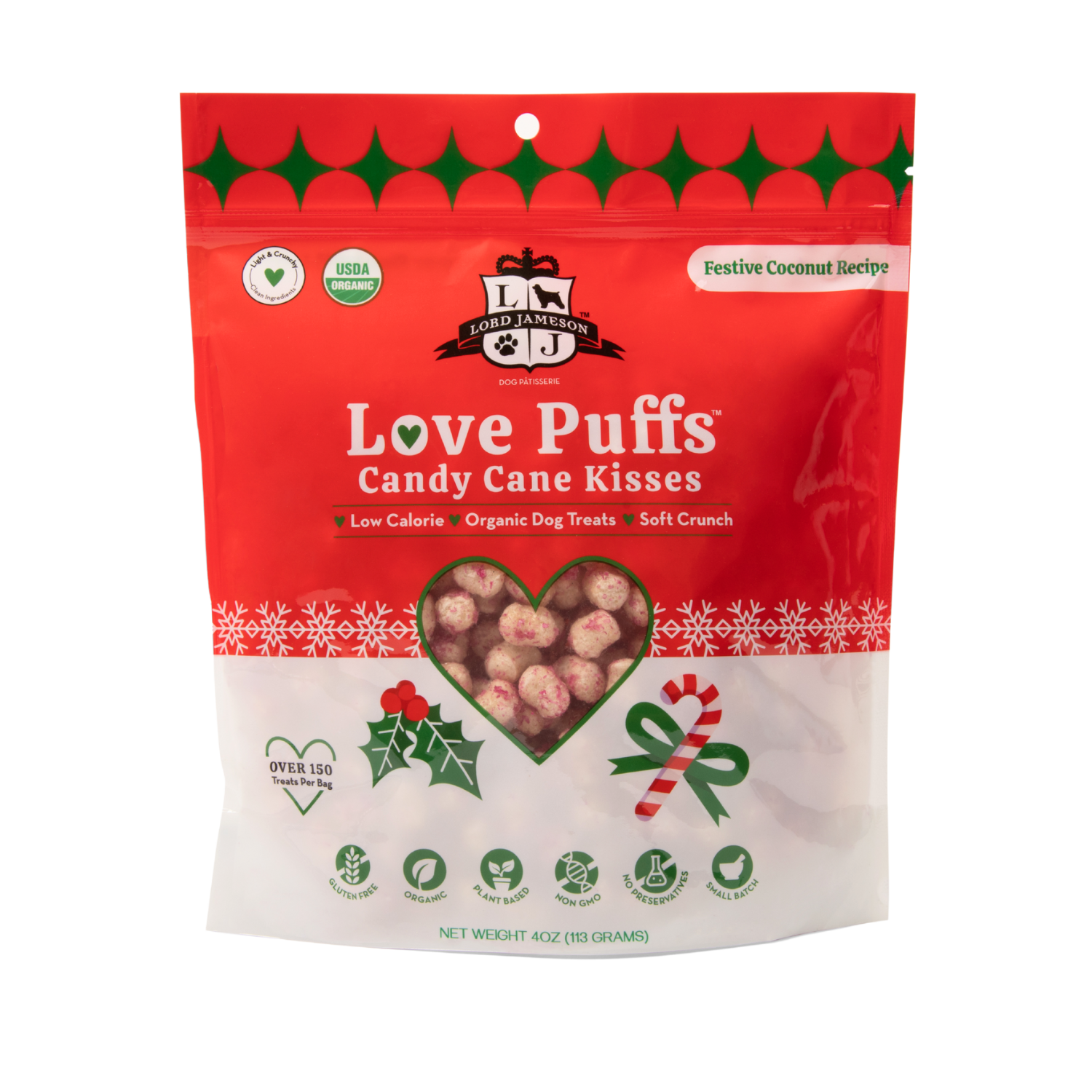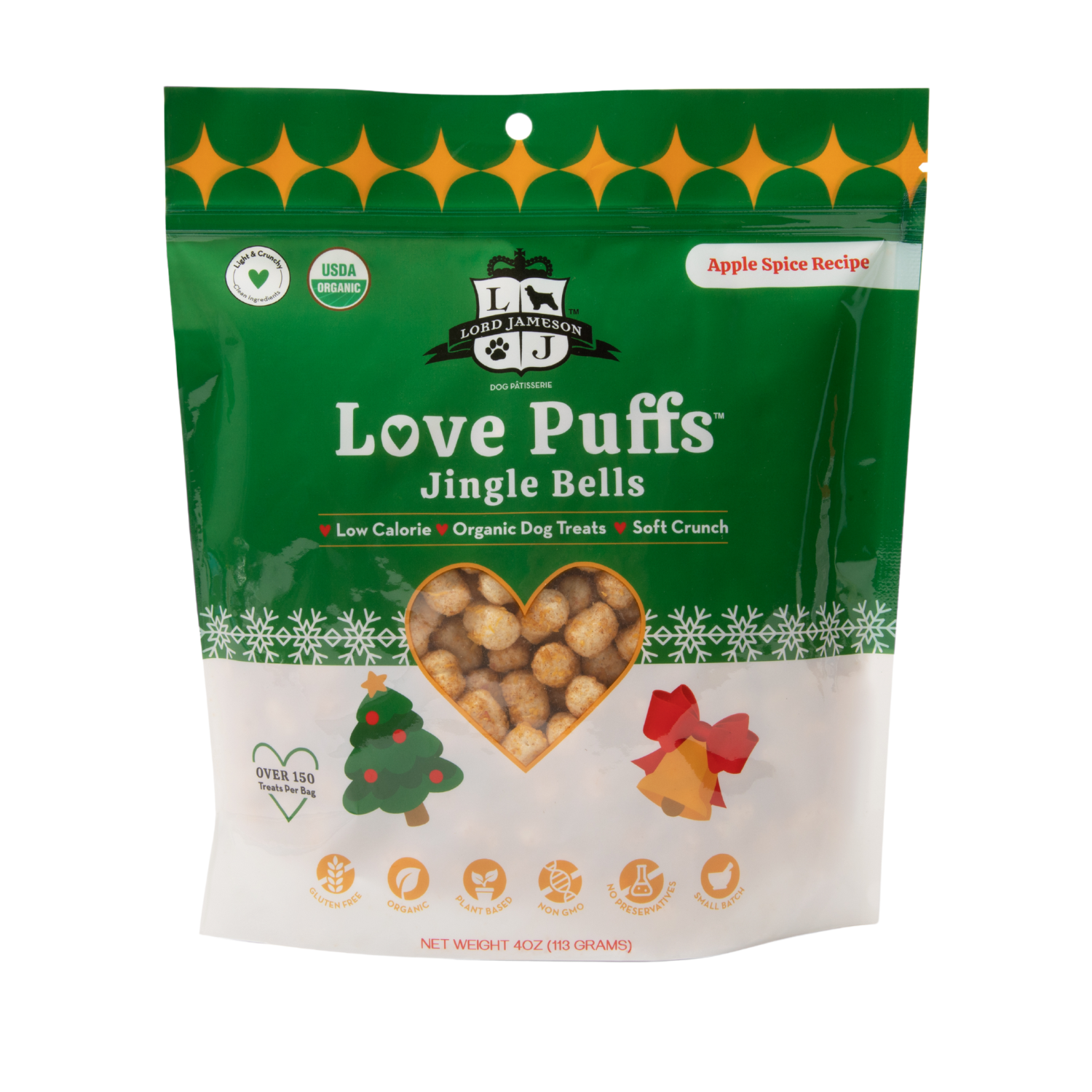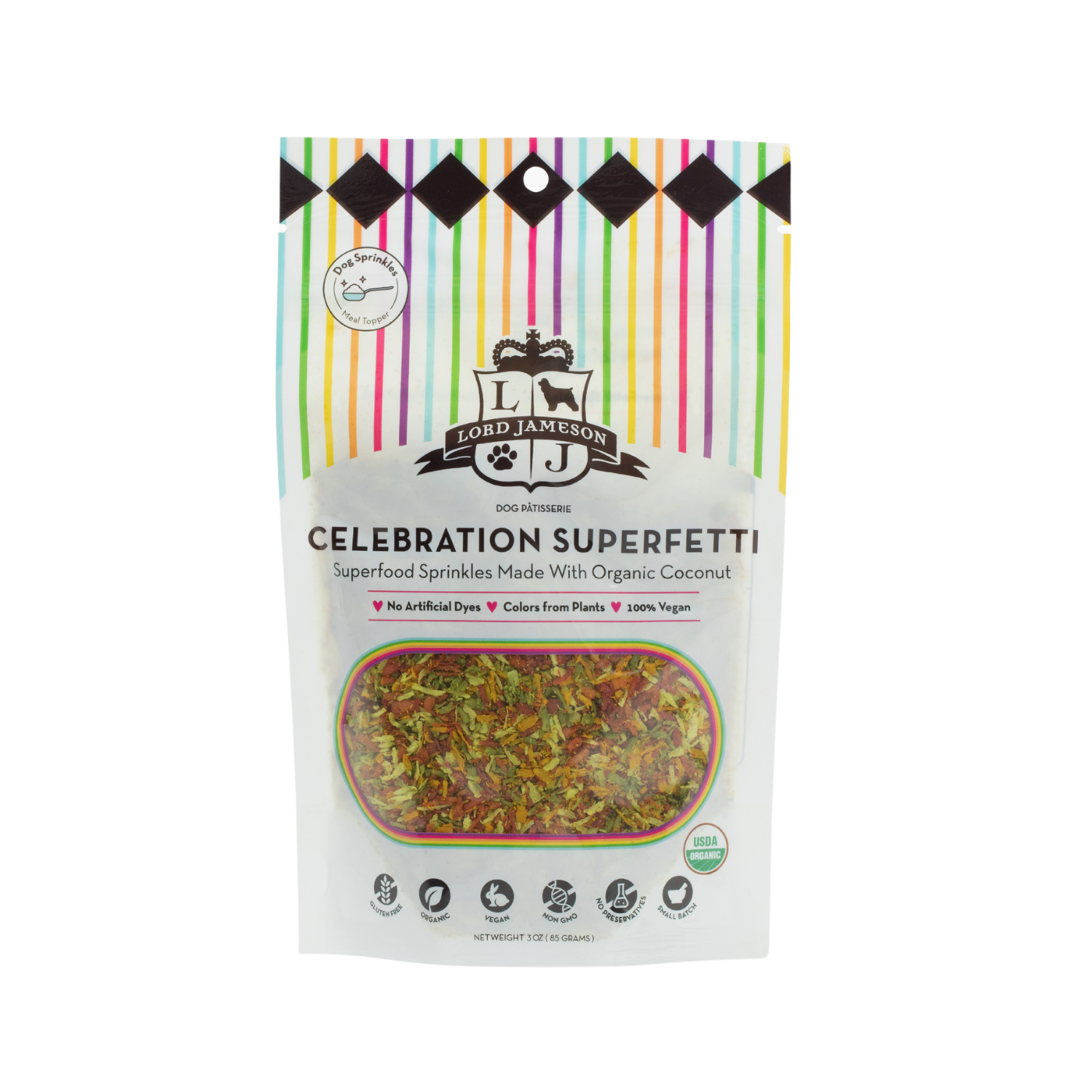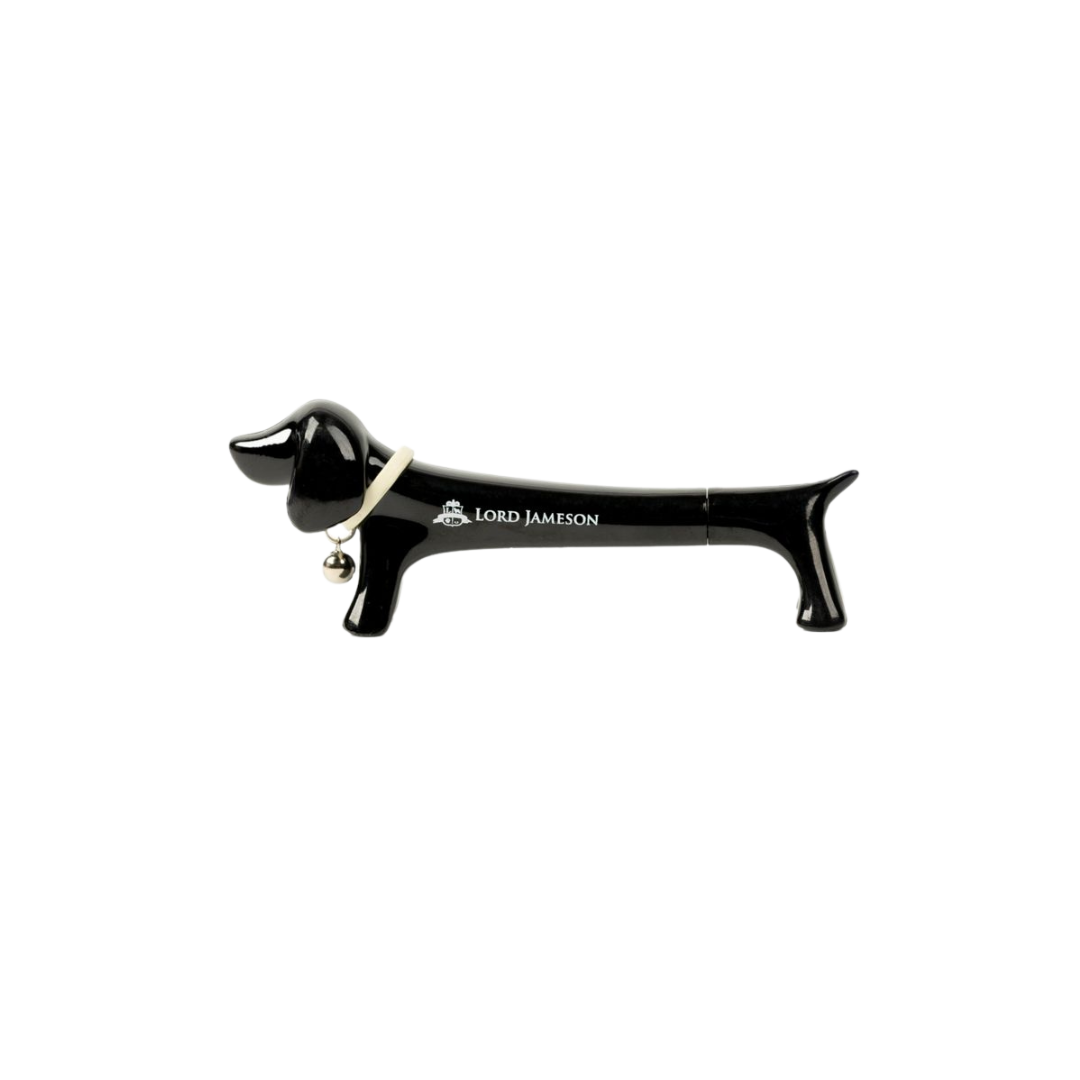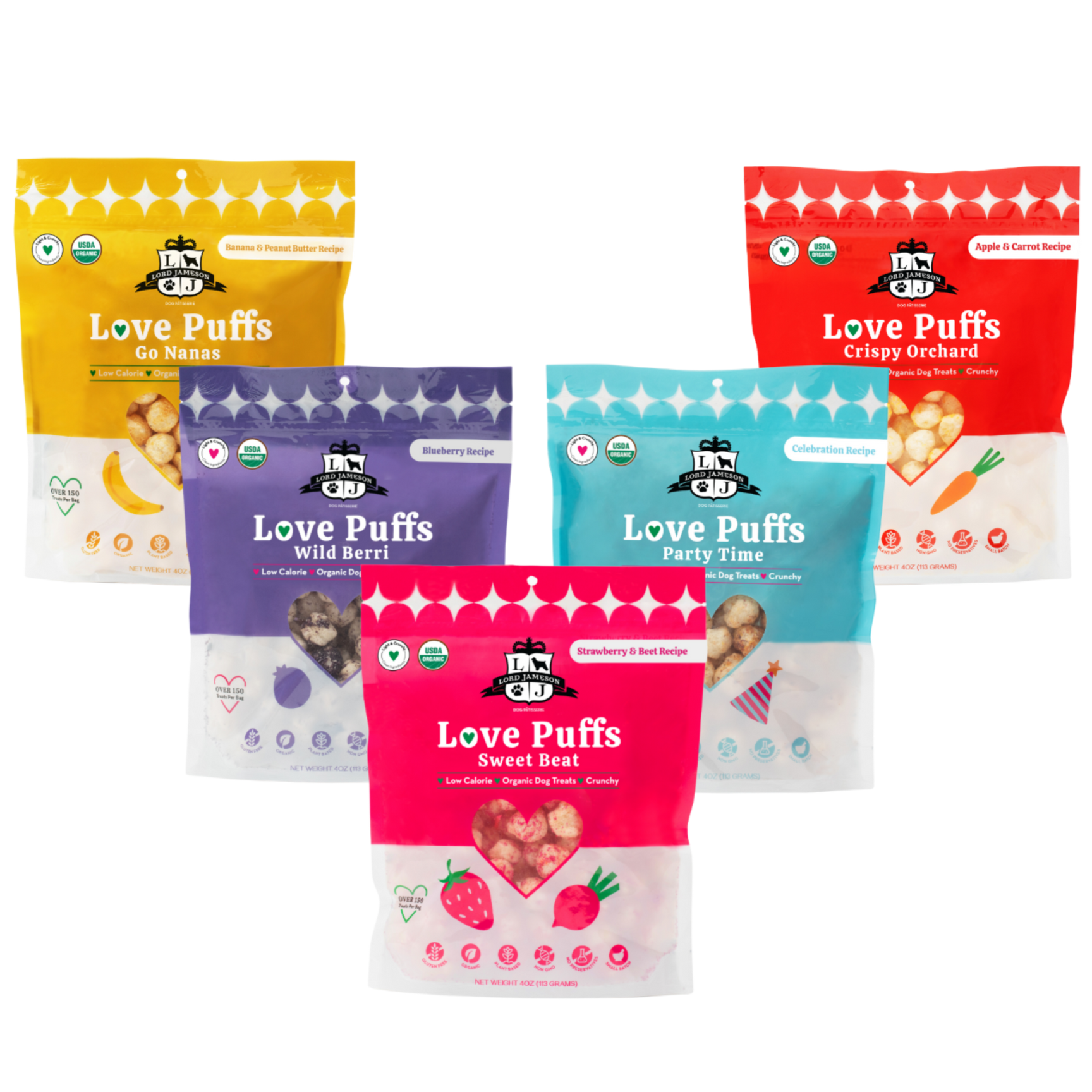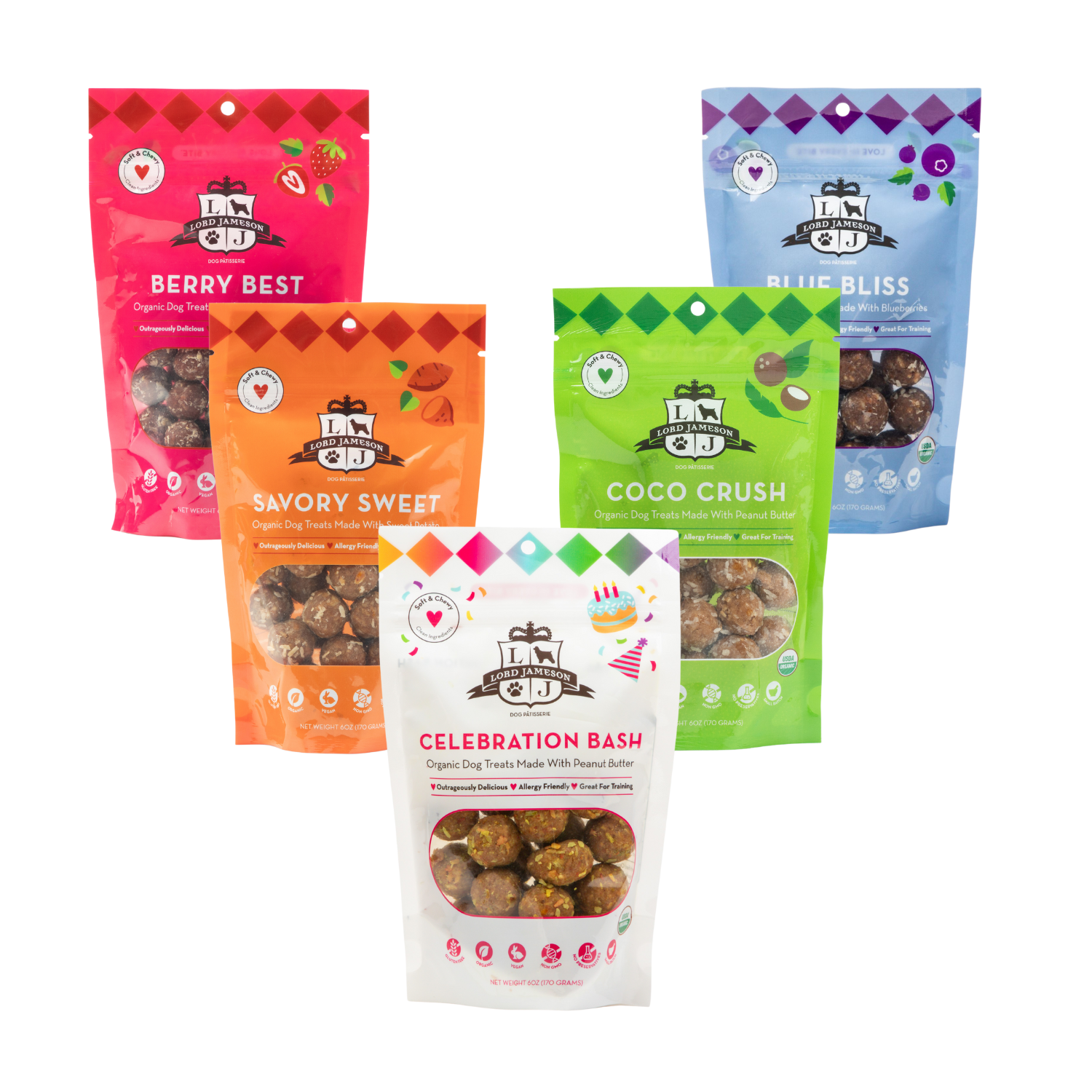
How to Give Your Dog Pills Without Stress: The Ultimate Guide to Dog Medication Administration
How to Give Your Dog Pills Without Stress: The Ultimate Guide to Dog Medication Administration
Have you ever caught yourself wondering, “What if I had a special treat for every time I had to give my pup a medicine?” Picture balancing your wriggling pup, a tiny pill, and your morning coffee, waiting for you. What would make this easier?
It is sometimes traumatizing to struggle with our furry friends, trying to give them the medicine that is necessary for them. We hear you. At Lord Jameson, we focus on making your beloved pups - young and old - feel their absolute best and happy. And so we came up with the ultimate solution.
Read on to know how you can make your pups healthy and tail-waggingly happy at the same time!
Understanding Your Dog's Medication Needs
Just like us hoomans, our pets sometimes need medication to manage health conditions, recover from illness, or support overall wellness.
Whether it's a daily supplement, an antibiotic, or a preventative medication, understanding how to manage your pup's medicines is key to keeping them happy and healthy.
And in that, if your pup is avoiding that pill, we have all been in a place where we felt helpless as they spat the medicine out, gagged on it, or simply rolled their eyes dramatically, and as they simply refused to open their mouths.
So the question is, is it possible to make the experience smoother and, in fact, happier?
Common Types of Dog Medications
Dogs may be prescribed a wide range of medications depending on their health needs. Some of the most common include:
-
Antibiotics: To fight bacterial infections like ear infections or UTIs.
-
Anti-inflammatories: Often used for arthritis, injury recovery, or after surgery.
-
Heartworm and flea preventatives: Essential monthly meds to prevent parasites.
-
Allergy medications: Antihistamines or immune modulators for seasonal or chronic allergies.
-
Supplements: Like glucosamine, probiotics, or multivitamins for joint, gut, or overall health.
Always follow your veterinarian’s guidance on dosage, duration, and frequency - some medicines need to be taken with food, while others work best on an empty stomach.
Why Dogs Resist Taking Pills
-
Taste or texture: Some medications have a bitter or chalky taste.
-
Negative association: If your dog once gagged or felt sick after a pill, they may remember.
-
Stress or anxiety: Medication time can feel invasive, especially for nervous pups.
Using pill hiders, soft treats, or breaking up tablets and mixing with food (when approved by your vet) can help make the experience more positive.
The Importance of Proper Medication Timing
Timing isn’t just a suggestion; it can significantly impact the effectiveness of the medication. Some drugs need to be given:
-
At specific intervals (e.g., every 12 or 24 hours) to maintain a stable level in the bloodstream.
-
Before or after meals, depending on how they’re absorbed.
-
Only for a set number of days, stopping early, even if symptoms improve, can lead to relapse.
Reading Veterinary Instructions Correctly
Always read and follow the medication label and any instructions provided by your veterinarian. Key things to look out for:
-
Dosage: Give exactly as prescribed, based on your pet’s size and condition.
-
Route: Oral, topical, ear drops, or injections require different methods of administration.
-
Warnings: Some meds shouldn’t be given with other drugs, or may have side effects to watch for.
Preparing for Stress-Free Pill Administration
Giving your dog medication doesn’t have to be a struggle. With a little preparation, patience, and understanding, you can turn pill time into a smoother and even more positive experience for both of you.
Creating a Calm Environment
Puppers can sense tension. Choose a quiet, familiar space and use a calm voice to keep your dog relaxed. From the subtle pause in your breath to the soothing tone you use, your pup is taking it all in, and choosing to speak softly makes all the difference. Avoid rushing; patience goes a long way.
Gathering Your Supplies
Have everything ready before you begin: the medication, pill pockets or treats, water, and any vet-approved tools, such as pill dispensers. Being organized helps avoid fumbling and stress.
Timing Your Medication Sessions
Pick a time when your dog is calm, ideally after exercise or meals (if the medication allows it). Stick to a consistent schedule to build routine and trust.
Understanding Your Dog's Temperament
Every dog is different. Some respond well to gentle praise, others need distraction or treats. Know your dog’s comfort zone and adapt your approach accordingly.
Turning Pill Time into Treat Time, Naturally
Turning medication time into treat time is easier than ever when you use the right food-based techniques. Instead of forcing or hiding pills in less-than-ideal snacks, opt for methods that are both effective and healthy for your dog.
Natural Food Options for Hiding Pills
Soft foods like peanut butter, cream cheese, or banana slices are popular but may not always be allergy-safe or recommended. Choose options your dog enjoys that also suit their health needs.
USDA Organic and Allergy-Friendly Options
Lord Jameson's pill-hiding treats use USDA-certified natural ingredients, are free from common allergens and additives, and are designed to mask pills' taste and texture. These treats offer a stress-free, positive pill experience for dogs with sensitivities.
Plant-Based and Organic Pill Hiding Solutions
Clean ingredients make a significant difference when administering medication to your dog. Lord Jameson’s treats offer a simple, tasty way to hide pills.
Benefits of Organic Ingredients for Sensitive Dogs
Our treats are made with gentle, USDA-certified organic ingredients to support sensitive stomachs and avoid common fillers.
Gluten-Free and Allergy-Friendly Options
Each recipe omits wheat, dairy, corn, and soy, ideal for food-sensitive pups.
Using Fruits and Vegetables as Natural Pill Hiders
Real fruits, veggies, and oats disguise pill taste and texture, making medicine time positive.
Avoiding Artificial Additives and Preservatives
You won’t find artificial flavors, colors, or preservatives here - just wholesome, functional ingredients your dog will love.
Troubleshooting Common Pill-Giving Problems
When Your Dog Spits Out the Pill
Try rewrapping the pill in a fresh Lord Jameson treat or follow with a "chaser" treat to mask the taste.
Dealing with Food-Motivated vs. Non-Food-Motivated Dogs
Use highly aromatic, flavorful treats for picky pups, and reserve them only for pill time to boost interest.
Managing Multiple Daily Medications
Space out doses with different treat flavors to keep each session positive and prevent taste fatigue.
Handling Liquid Medications and Capsules
Soak soft Lord Jameson bites or mix liquids with a small portion of wet food to make them easier to administer.

Safety Considerations and Best Practices
Foods to Avoid When Hiding Pills
No matter what and when, skip chocolate, grapes, onions, and xylitol - these are toxic to dogs and unsafe for pill-hiding!
Proper Storage of Medications and Treats
Store medications in a cool, dry place and keep Lord Jameson treats sealed for freshness and effectiveness.
Monitoring for Adverse Reactions
Watch for signs such as vomiting, lethargy, or itching after administering medication and treats, and act promptly.
When to Consult Your Veterinarian
If your dog consistently refuses medication or shows unusual symptoms, always consult your veterinarian for guidance.
Building Long-Term Success with Medication Routines
Establishing Consistent Medication Schedules
Stick to the same time each day to build a routine and reduce stress for both you and your dog.
Positive Association Training
Use praise, gentle touch, and Lord Jameson organic treats to create a rewarding experience around meds.
Maintaining Your Dog's Trust
Stay calm, patient, and never forceful - trust is always key for long-term cooperation.
Adapting Techniques as Your Dog Ages
Adjust your approach to accommodate changing needs, sensitivities, and mobility as your dog ages.
Professional Tips from Veterinarians and Dog Behaviourists
Expert-Recommended Techniques
Use calm, consistent handling and offer tasty treats like Lord Jameson’s to encourage cooperation during medication administration.
Common Mistakes to Avoid
Avoid forcing pills, inconsistent timing, or using foods that may irritate your dog’s stomach.
Signs Your Current Method Isn't Working
Repeated refusal, stress behaviors, or missed doses signal it’s time to try a new approach.
When to Seek Professional Help
If your pup consistently resists or shows signs of anxiety, consult your veterinarian or a canine behaviorist for guidance.
Frequently Asked Questions
Can I crush my dog's pills and mix them with food?
Only if your vet approves! Some medications lose effectiveness or become harmful when crushed.
What are the best natural foods for hiding dog pills?
Soft foods like peanut butter, banana, or Lord Jameson organic treats work well and are gentle on sensitive stomachs.
How do I administer medication to a dog that refuses to eat treats?
Try wrapping the pill in a stronger-scented treat or using a pill syringe with vet guidance.
Is it safe to use human food as pill hiders for dogs?
Some are fine, but avoid toxic foods like grapes, onions, and anything with xylitol - always check with your vet.
What should I do if my dog vomits after taking medication?
Contact your vet right away; they may adjust the dosage, timing, or suggest an alternative form.


